When Swiss Museums had to close their doors to visitors for the second time since the pandemic hit us, the idea of documenting this angle of these very special times started to grow in my mind. I couldn’t help but wonder what the museums would look and feel like with no visitors. As a theatre without spectators, would the museum spaces live out by themselves? How would it be to invert the roles and document them, these experts in documentation and memory?
I am an avid museum visitor, Swiss MuseumPass ambassador and one of TheLausanners. I therefore reached out to MuseumPass and Lausanne Tourisme and together we managed to reach many museums that were generous enough to allow me to take some photos and to speak with their employees over the last few weeks. In total, I was able to enter 13 different museums throughout Switzerland and to create this photo gallery.
My experience was very different from place to place: some had a feeling of emptiness, some had a very peaceful feel, and some gave me the impression of stepping into a different era. Whether it be with blinds closed, only daylight or the lighting usually used for cleaning, it made me realize how a museum is also a scene, a show that can only live under one’s eyes… and I could feel the hope and anticipation of the museums to welcome visitors again.
During my visits, I noticed that many museums are located in a landscaped environment which was still being used. Even when they were physically closed, they still provided something positive to the population. Which was also true for my family who accompanied me on my road trips to the different museums, as it was the kids' school holiday week. They were able to enjoy the sun, the scenery and relax in the museum gardens while I took my photos.
The lockdown created many challenges for the museums. The management of temporary exhibitions in particular was incredibly difficult, be it to keep lended works for longer periods of time, to manage the corresponding insurances or to reschedule and reorganize the upcoming events.
However, the situation pushed everyone to imagine new virtual projects and create online experiences such as virtual exhibitions, virtual tours, or even Zoom conferences. Some offered digital experiences and films to convey information about the life and work of great artists. Some created special events to highlight and use their outdoor spaces. Others took this downtime to do a major cleaning and carry out maintenance measures, while others transformed their exhibitions into workshops presented to classrooms.
All in all, imagination and innovation was the key point to keep the relationship with the visitors alive. And all museums agree on one point : they are eager to re-open and reconnect with the public.
Musée cantonal de zoologie, Lausanne
The history of the Musée cantonal de zoologie goes back to 1779. It moved to its present location in the Palais de Rumine in 1906. Inspired by the museography of the 18th and 19th century, the permanent exhibition has a decidedly old-fashioned charm. Its shark, with a length of 5m89, is the largest naturalized specimen in the world!
It will reopen on March 2nd.

Musée cantonal de zoologie, Lausanne
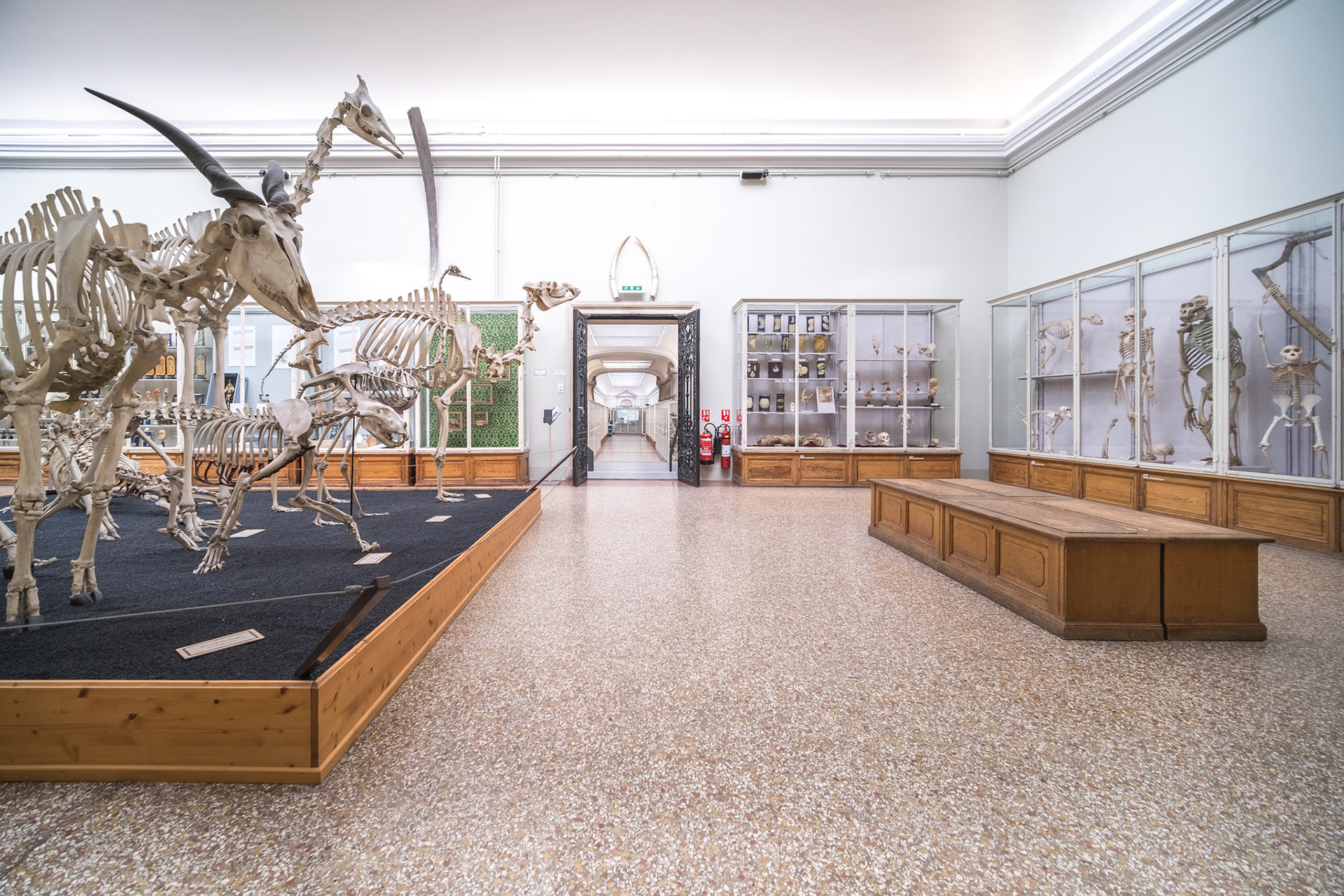
Musée cantonal de zoologie, Lausanne

Musée cantonal de zoologie, Lausanne
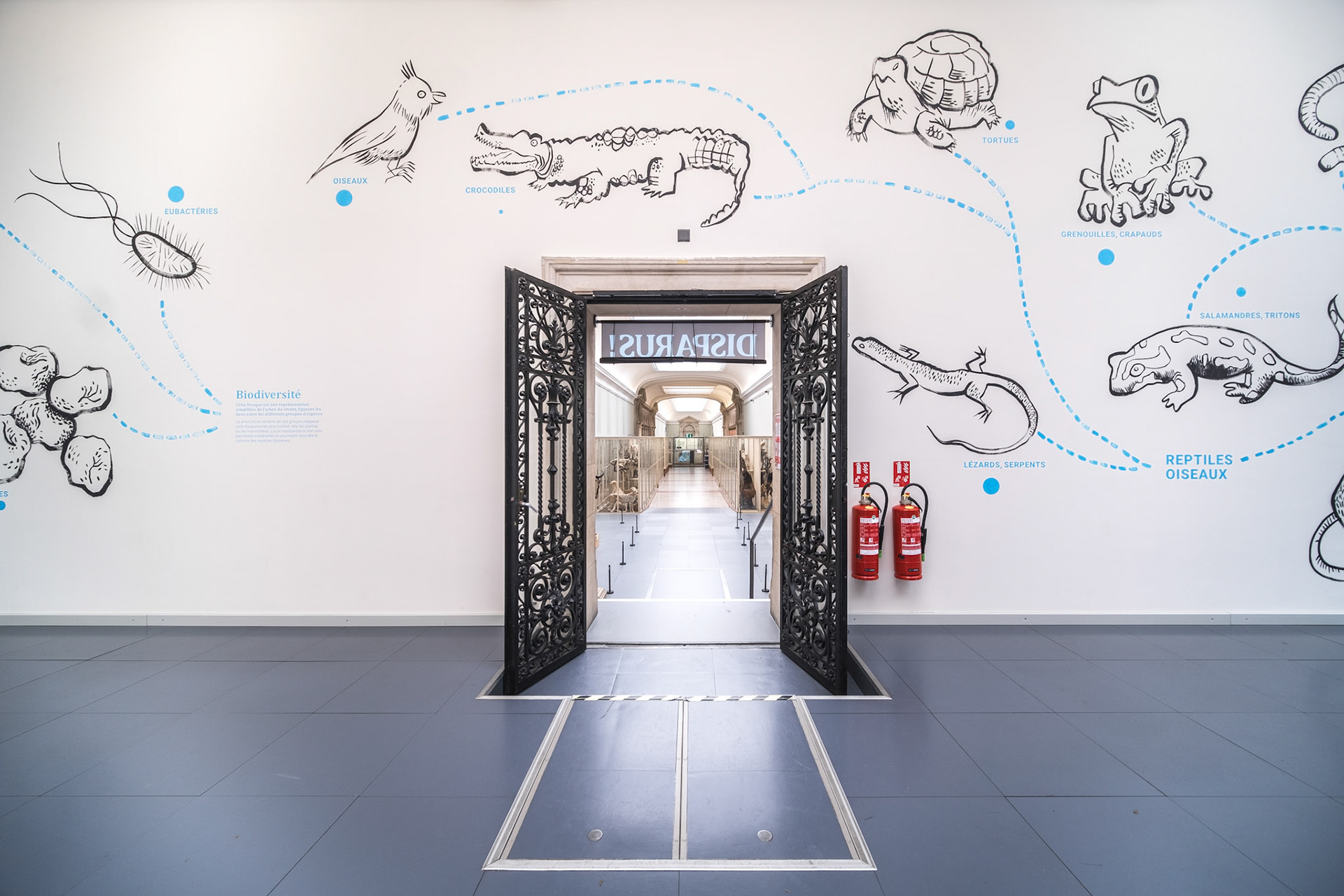
Musée cantonal de zoologie, Lausanne
Laténium, Neuchâtel
Inaugurated on September 7th, 2001, the Laténium is the biggest archaeological museum in Switzerland. The museum and its park are built on archaeological sites dating back to the Upper Paleolithic and the museum displays the Bevaix boat, a 20m Gallo-Roman ship. In 2003, the Laténium received the European Museum of the Year Award.
It will reopen on March 1st.

Laténium, Neuchâtel
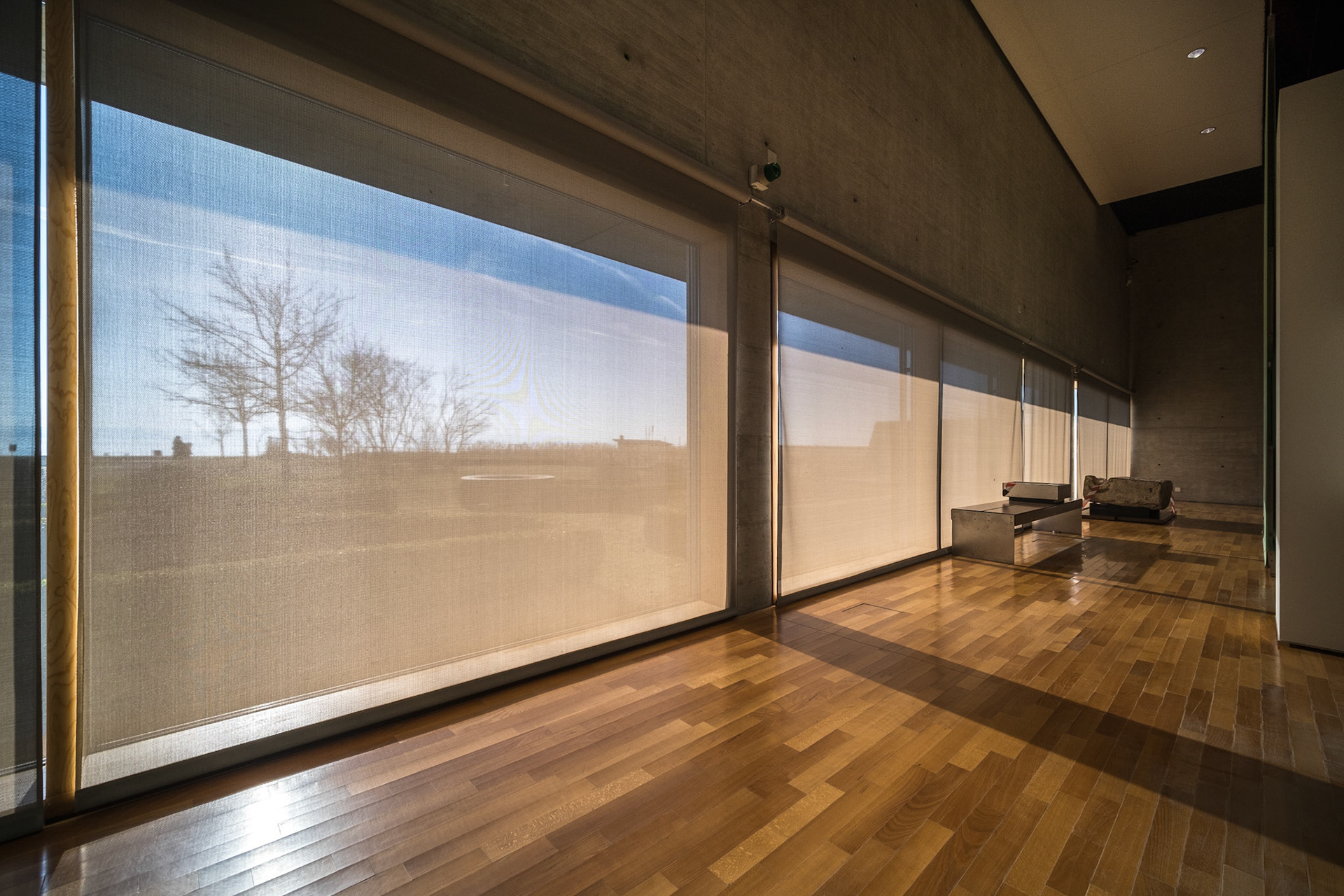
Laténium, Neuchâtel

Laténium, Neuchâtel

Laténium, Neuchâtel
MCBA, Lausanne
The Musée cantonal des Beaux-Arts was created in 1841. It moved to its new building, designed by Barozzi/Veiga, in 2019. Its entrance hall with views towards the Lausanne train station and the Léman, features the 14.5m high sculpture "Luce e ombra" by the Italian artist Giuseppe Penone.
The MCBA will reopen on March 2nd.
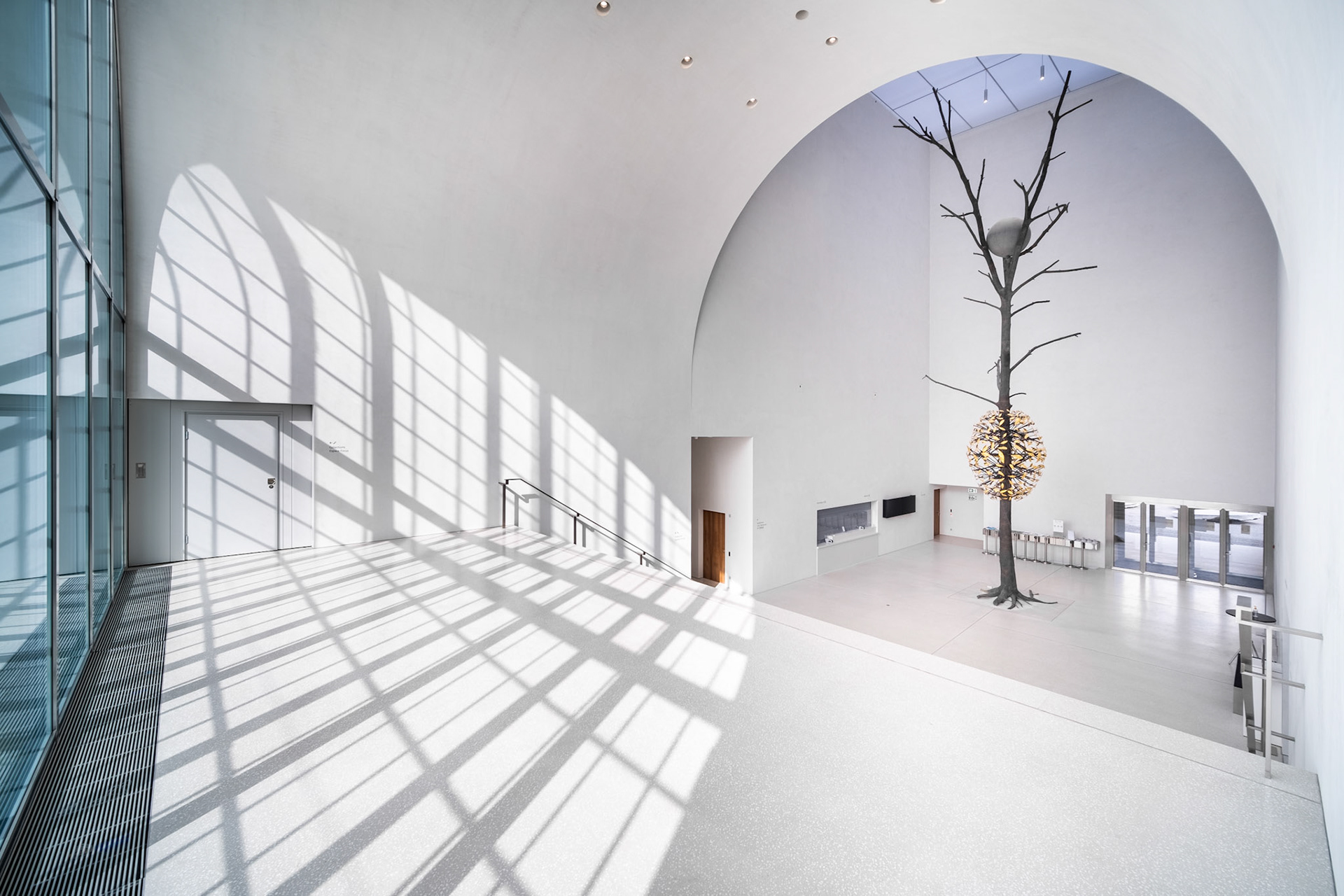
MCBA, Lausanne

MCBA, Lausanne

MCBA, Lausanne
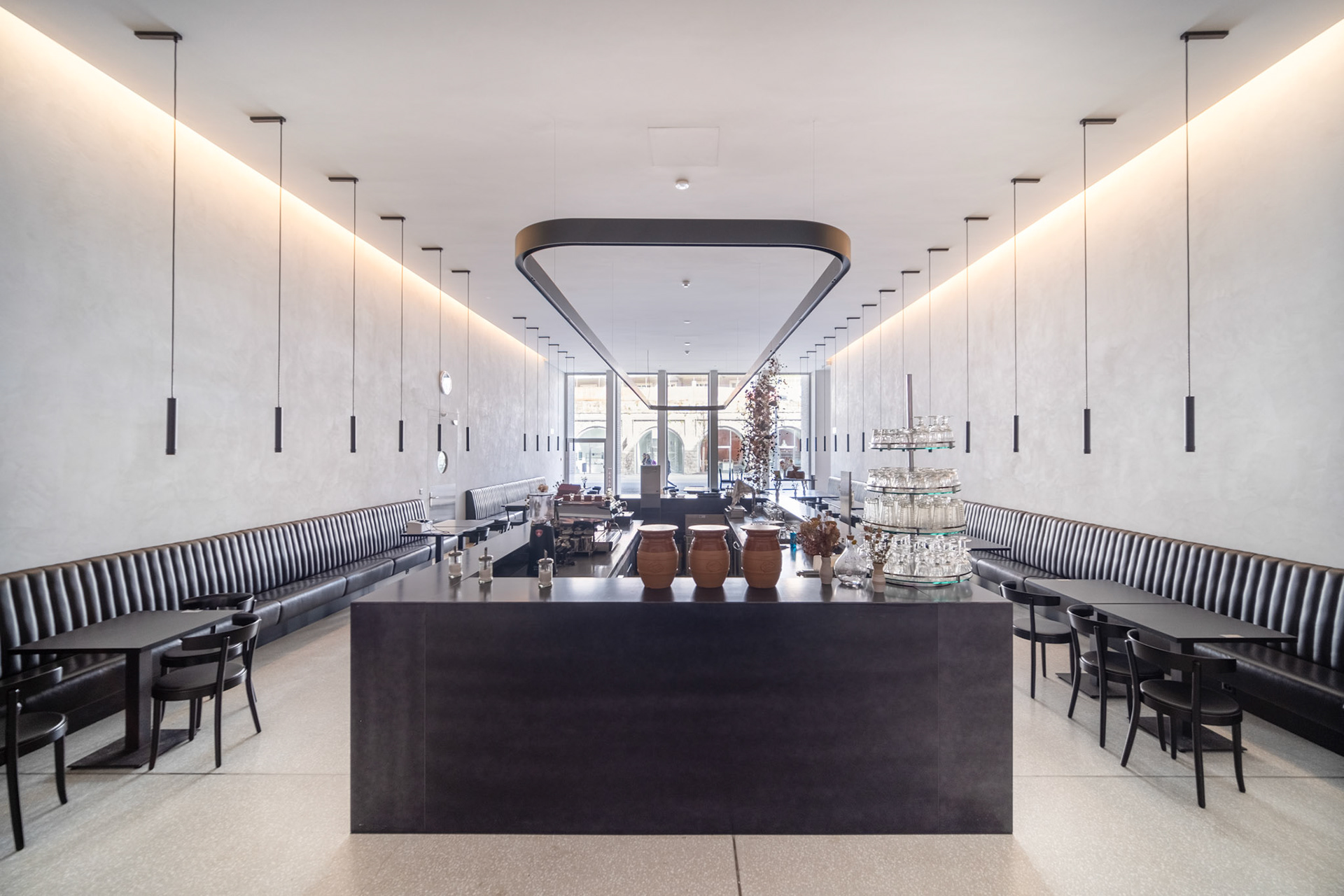
MCBA, Lausanne
Collection de l'Art brut, Lausanne
We owe the existence of the Collection de l'Art brut to French painter Jean Dubuffet who, in 1971, donated his collection and archives to the city of Lausanne. The museum, located in the 18th century Château de Beaulieu, was opened to the public on February 26, 1976.
It will reopen on March 2nd.

Collection de l'Art brut, Lausanne
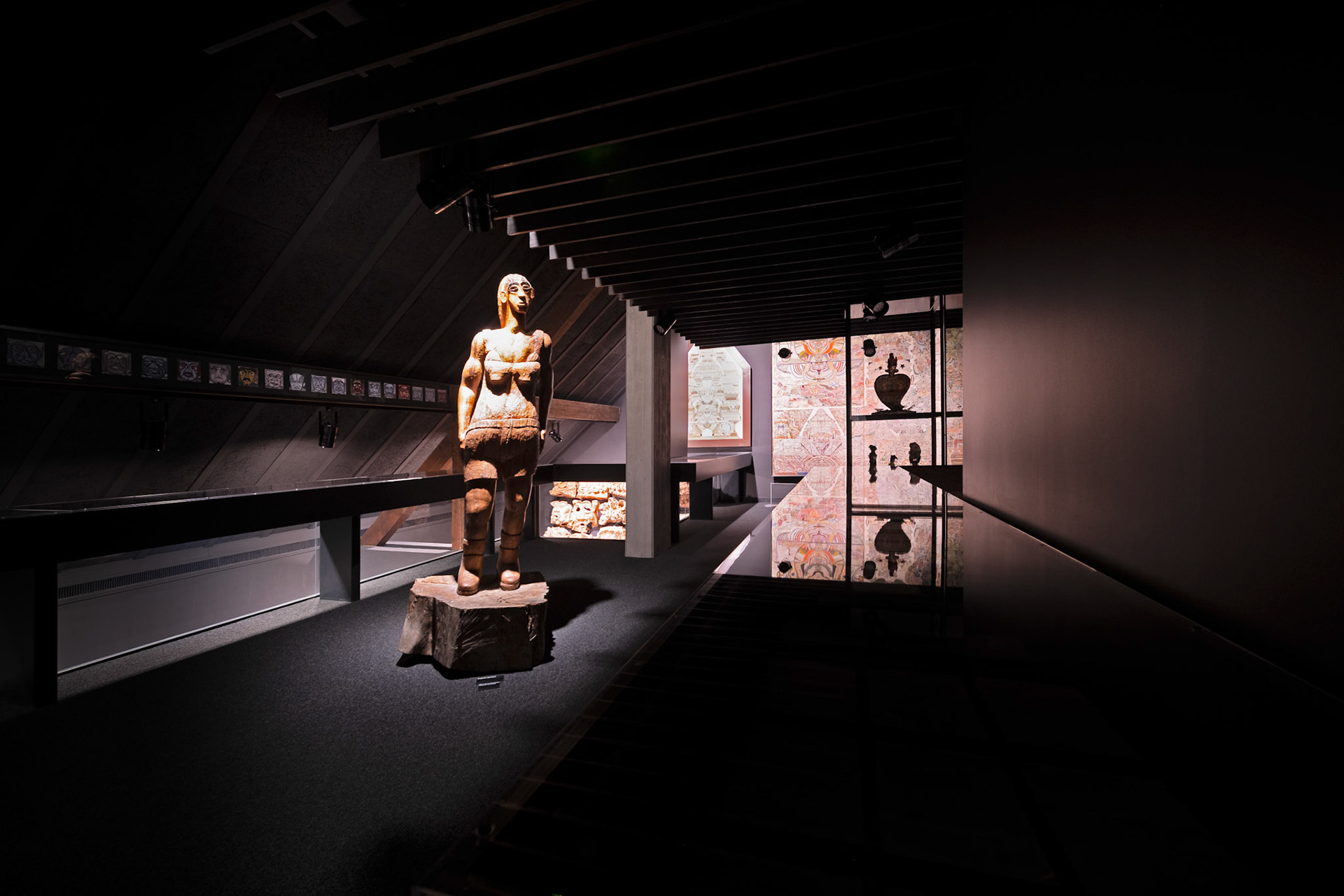
Collection de l'Art brut, Lausanne
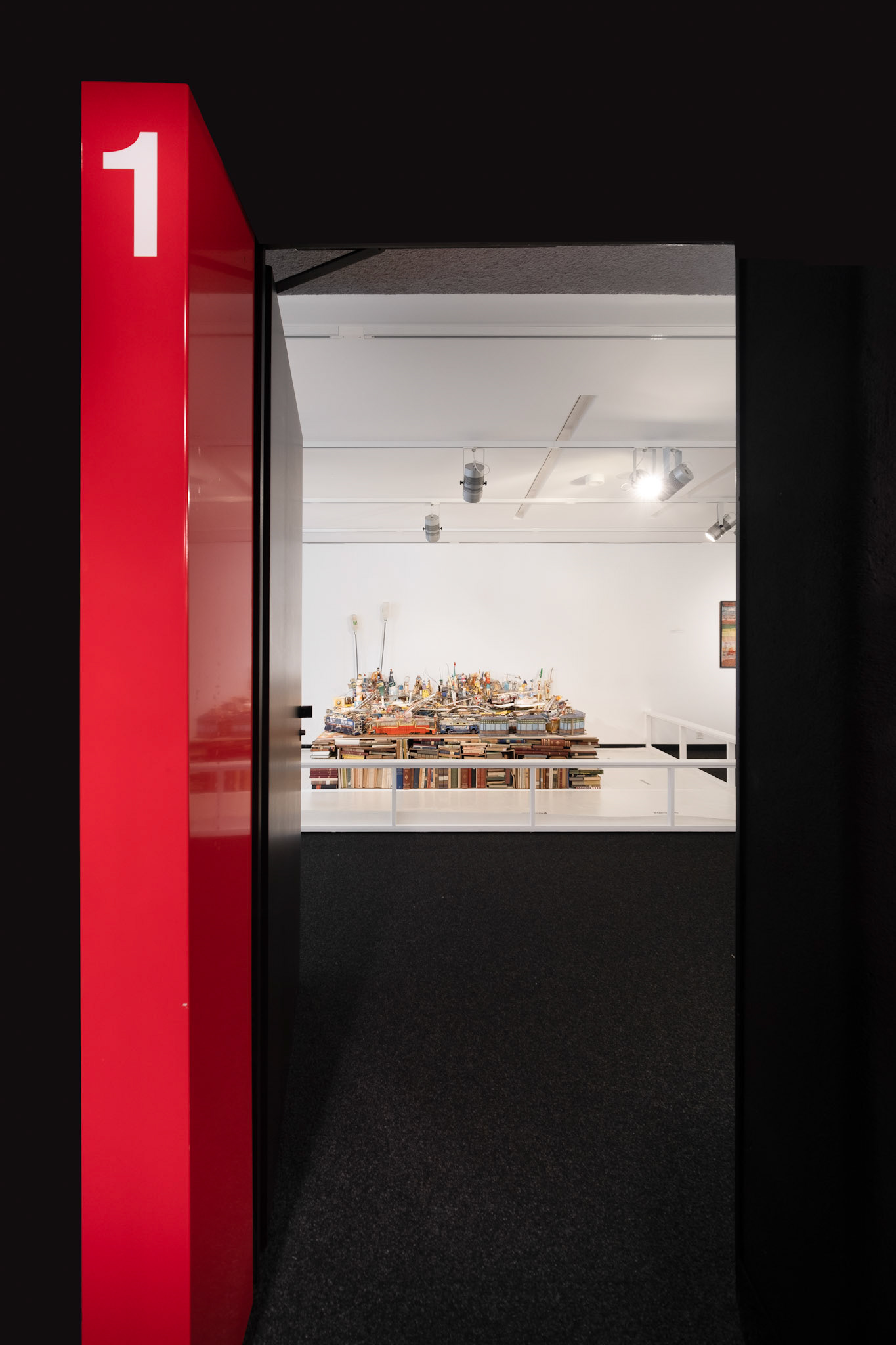
Collection de l'Art brut, Lausanne
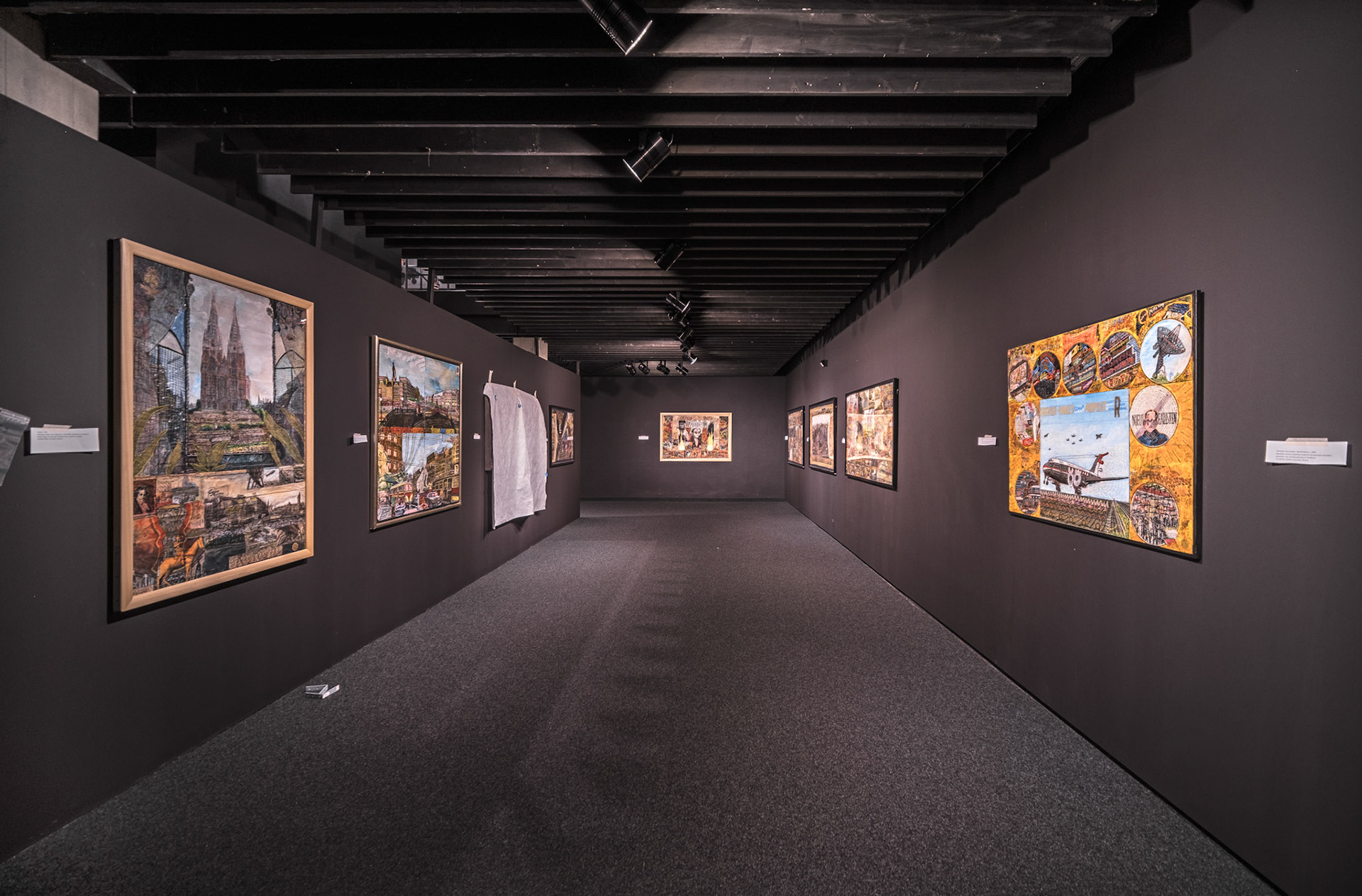
Collection de l'Art brut, Lausanne
Zentrum Paul Klee, Bern
The Zentrum Paul Klee features about 40 percent of Paul Klee’s entire pictorial oeuvre. The building was designed by Renzo Piano and completed in 2005. The 150m long glass front is composed of three arches that also separate the multi-disciplinary activities of the museum: art education, collection, research and administration.
For the reopening, admission to the exhibitions will be free on March 2nd.
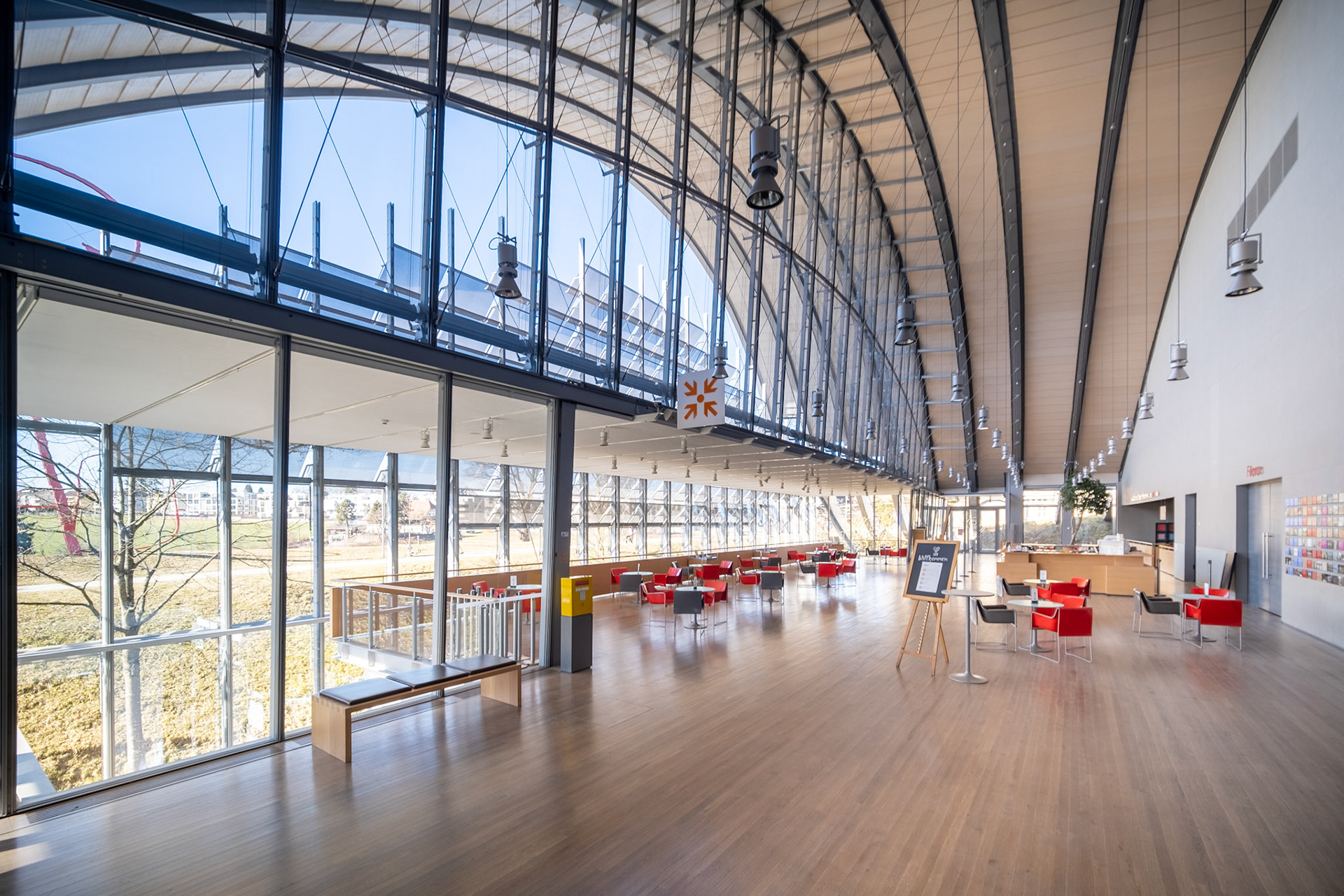
Zentrum Paul Klee, Bern
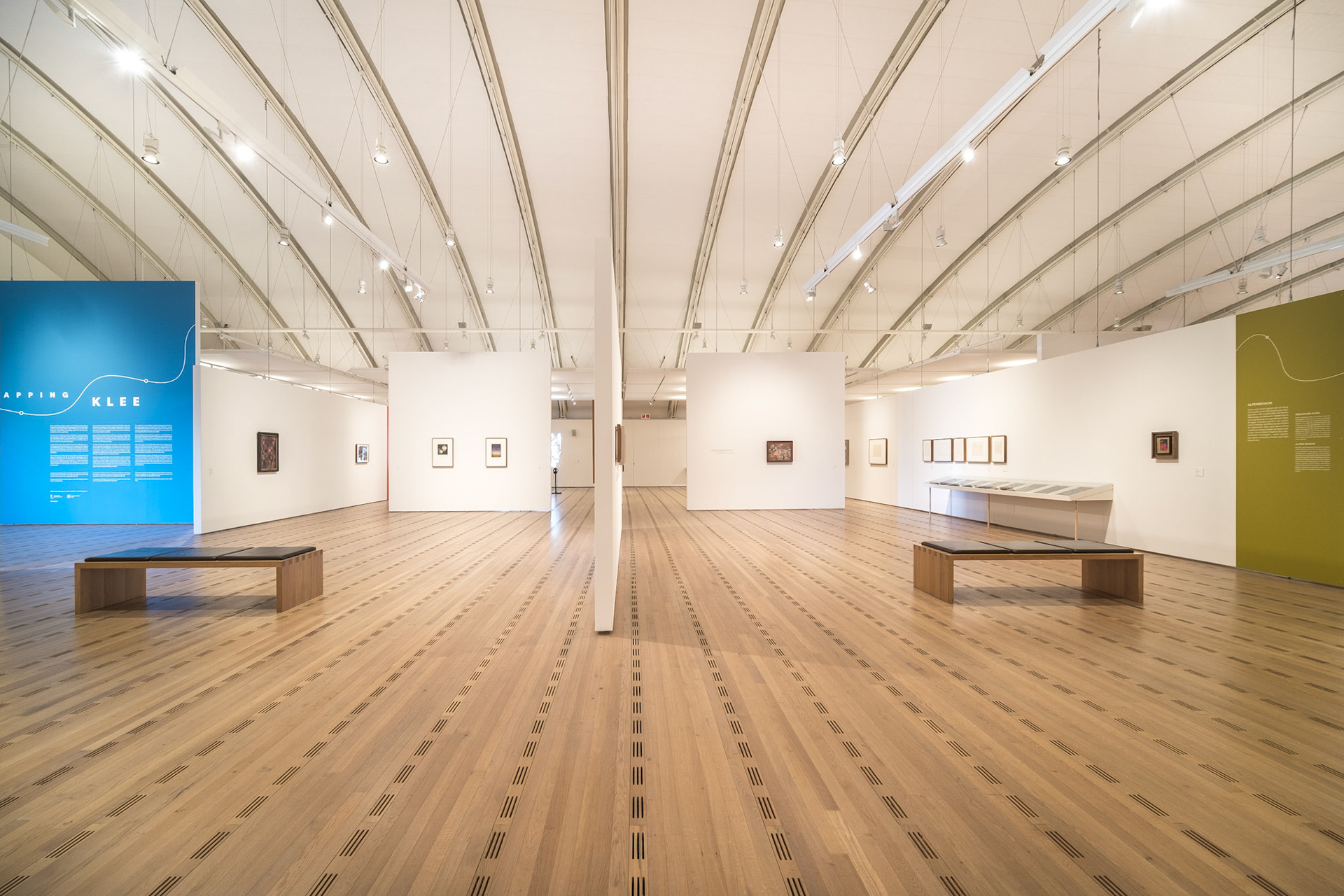
Zentrum Paul Klee, Bern
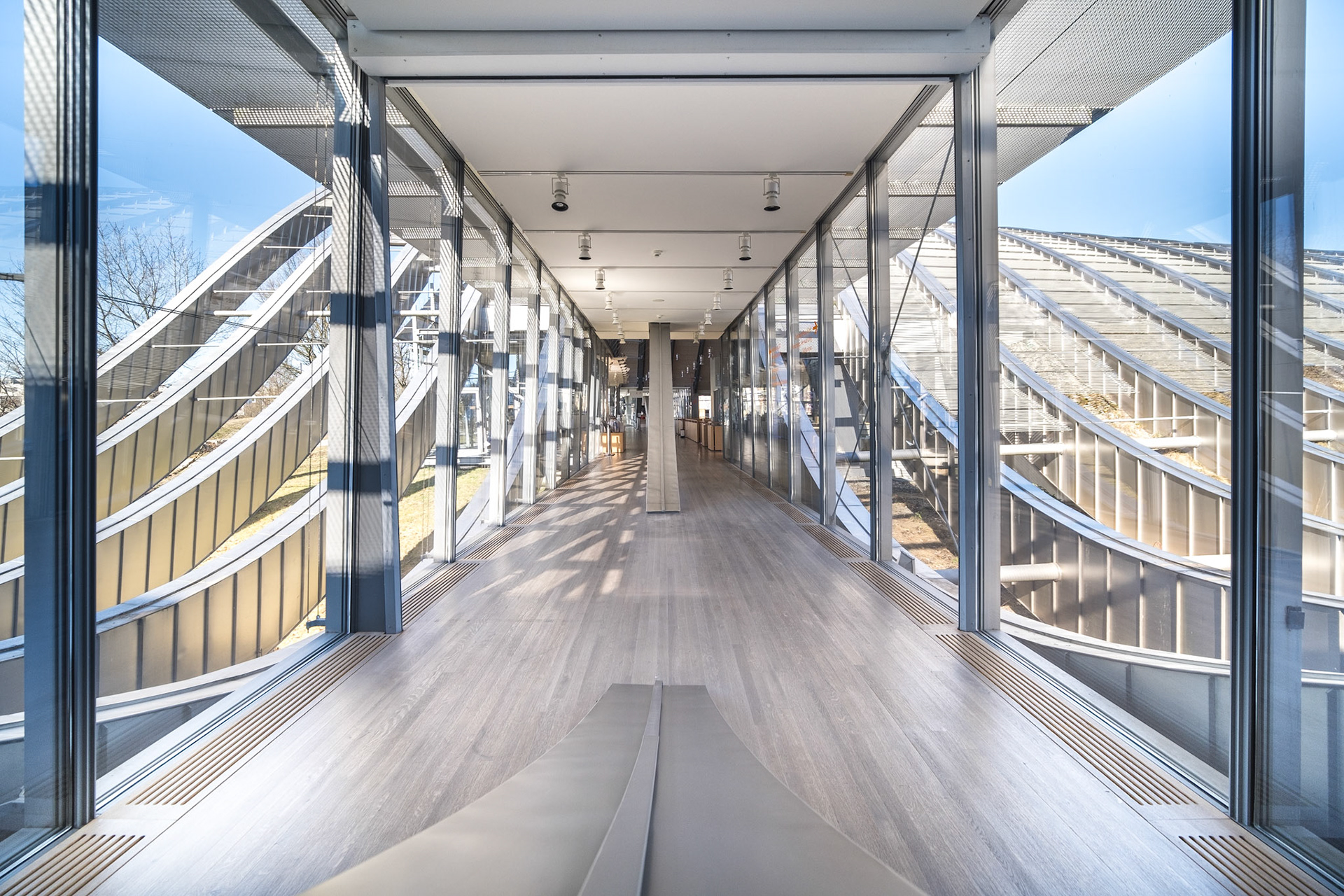
Zentrum Paul Klee, Bern
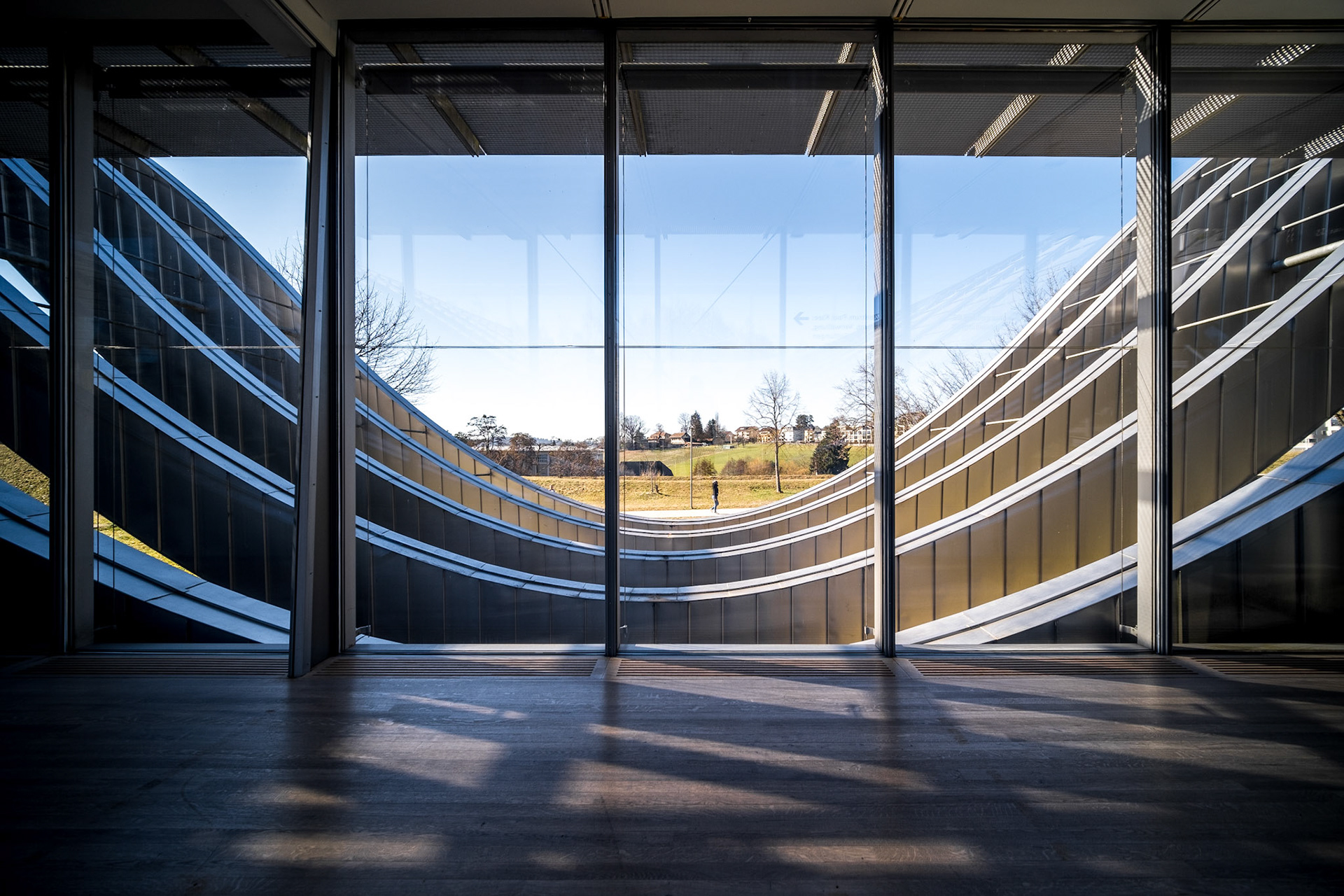
Zentrum Paul Klee, Bern
Museum für Kommunikation, Bern
The Museum of Communication is the only museum in Switzerland that deals exclusively with the history of communication. It is the successor of the postal museum founded in 1907 and still houses one of the largest publicly accessible philately collections in the world. In 2019, it was awarded the Council of Europe Museum Prize.
It will re-open on March 2nd.
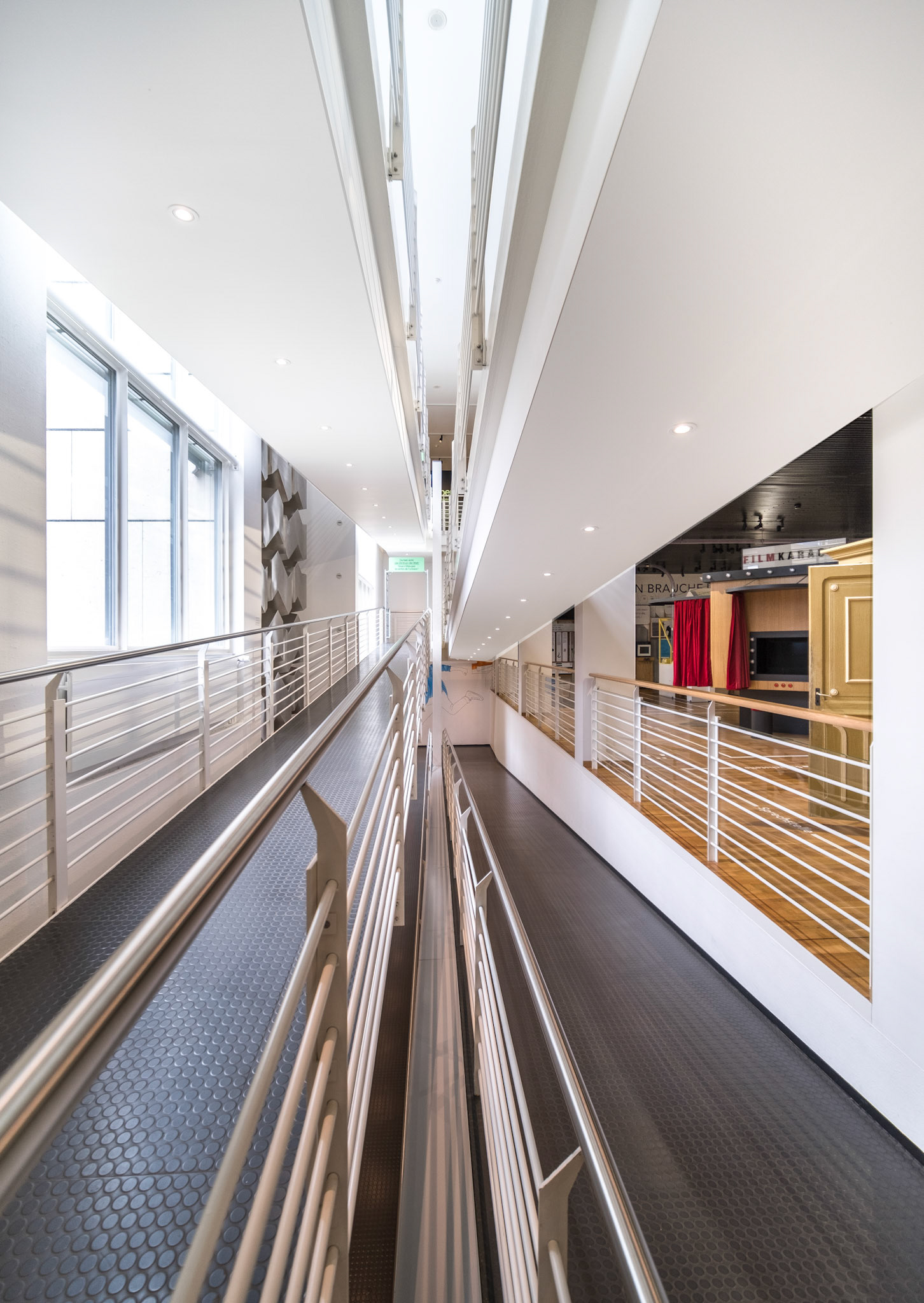
Museum für Kommunikation, Bern
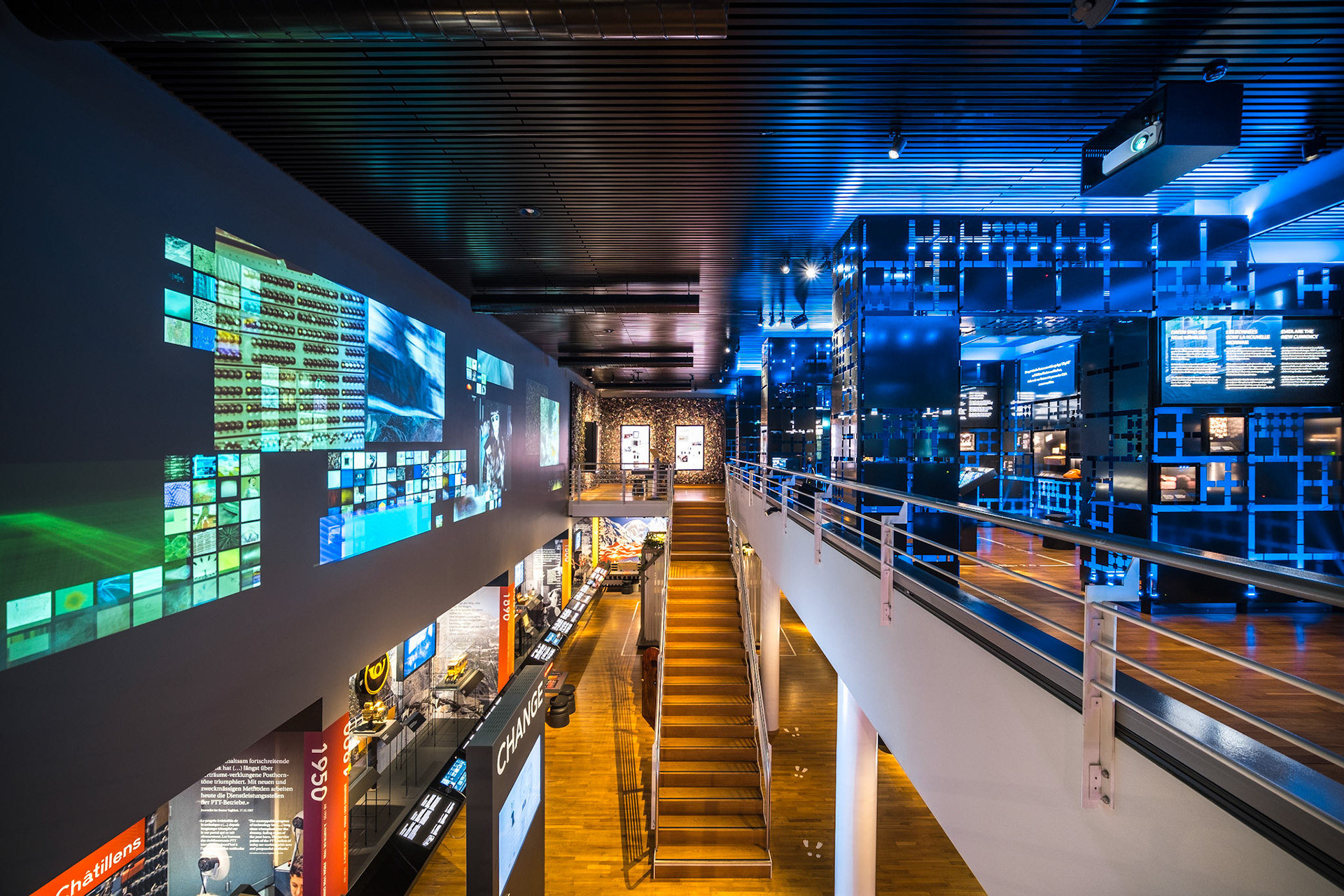
Museum für Kommunikation, Bern

Museum für Kommunikation, Bern
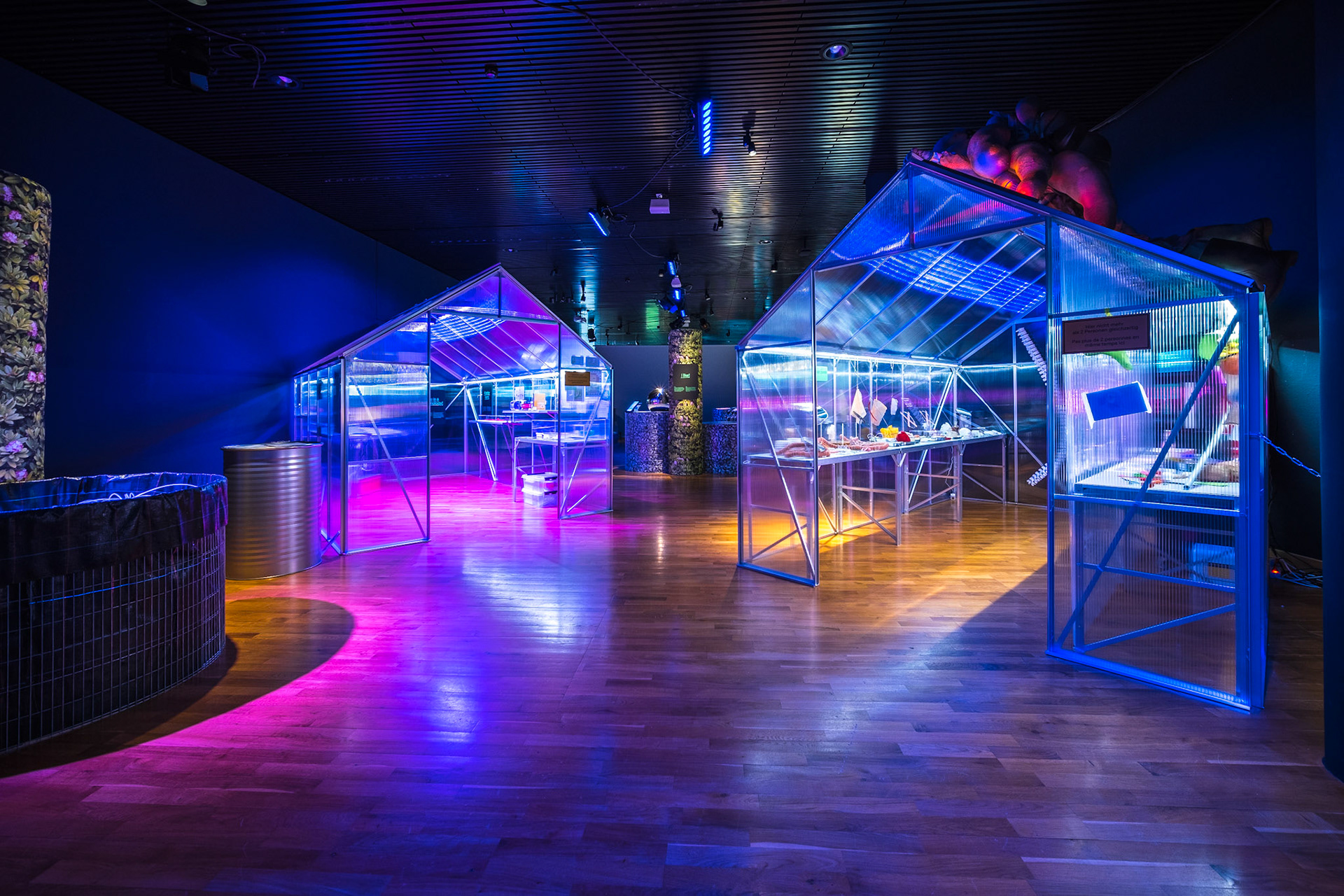
Museum für Kommunikation, Bern
Historisches Museum Basel - Barfüßerkirche
The Barfüßerkirche was built between 1275 and 1309. It became home to the Basel Historical Museum after renovations in 1894. On its over 6000 square meters of exhibition space, it shows in particular the treasury of the Basel Cathedral, the Basel and Strasbourg tapestries, and altars and ecclesiastical graphic works.
It will re-open on March 2nd and currently features the special exhibition Borderlines on Basel during the National Socialist era.
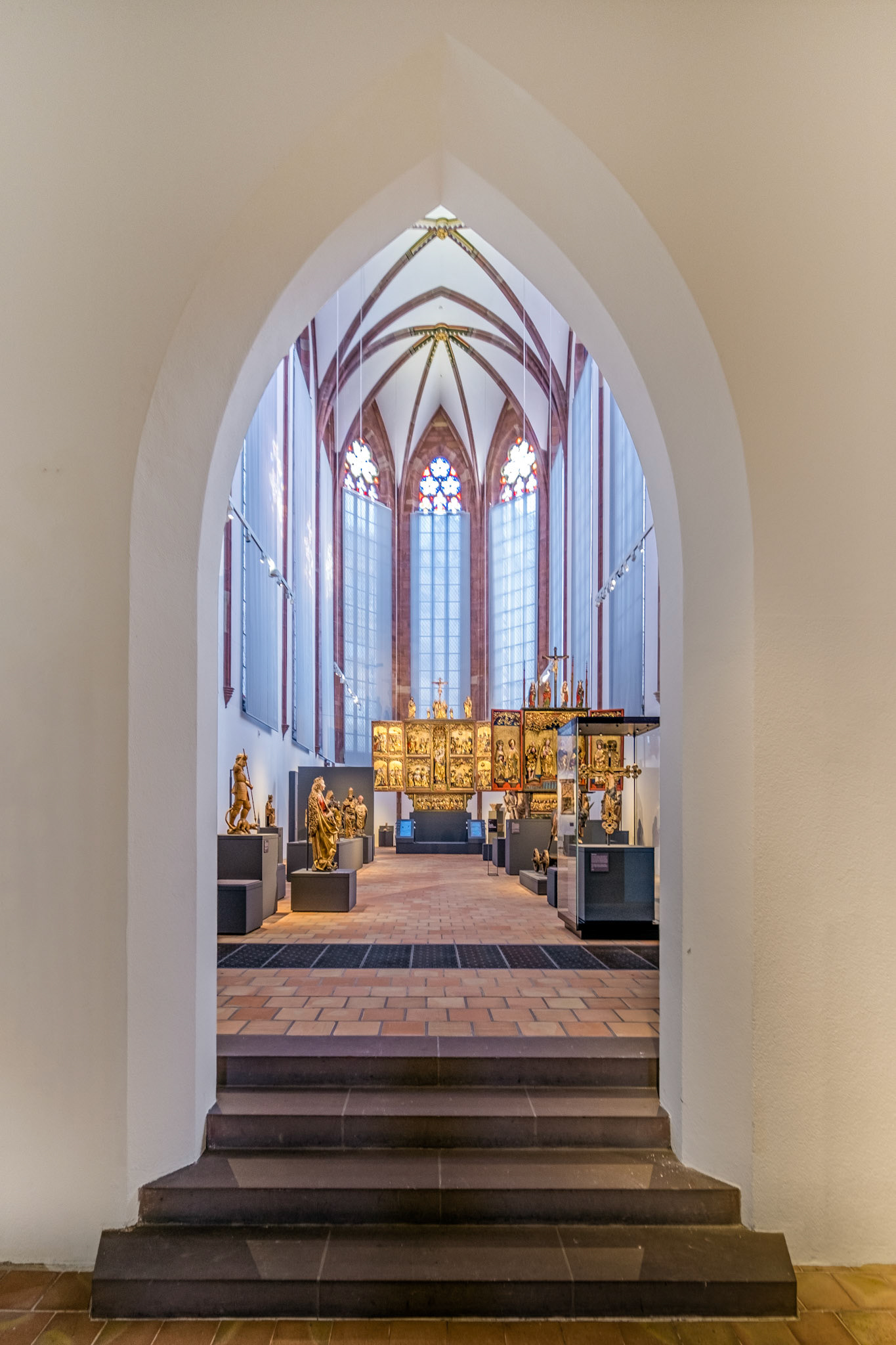
Historisches Museum Basel - Barfüßerkirche
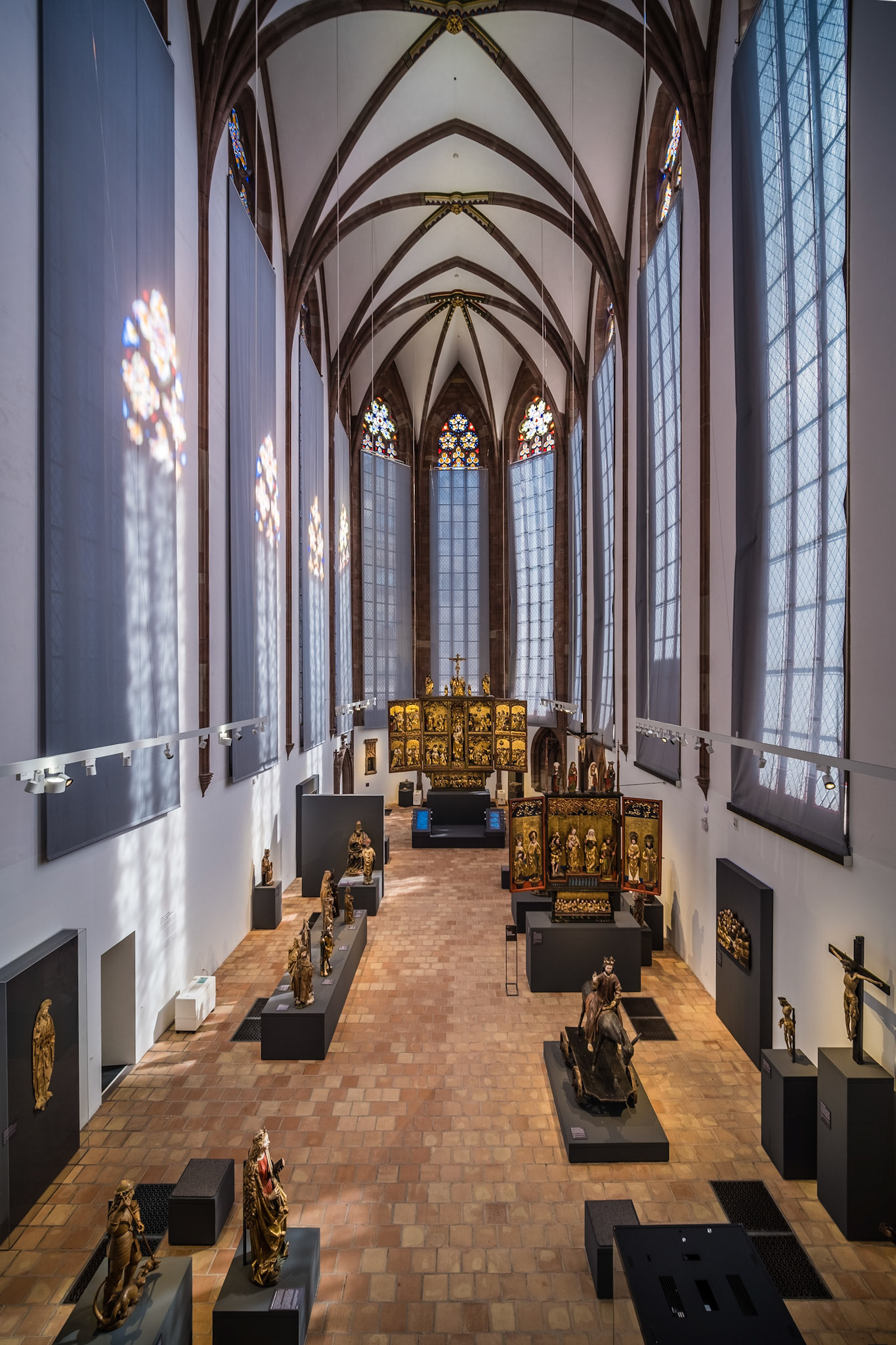
Historisches Museum Basel - Barfüßerkirche

Historisches Museum Basel - Barfüßerkirche

Historisches Museum Basel - Barfüßerkirche
Museum Kloster Muri
Muri Abbey is a Benedictine monastery dedicated to Saint Martin of Tours and was founded in 1027. The exhibition in the Muri Monastery Museum takes a look behind the once so closed monastery walls, and tells numerous stories from the life of the abbots and monks.

Museum Kloster Muri
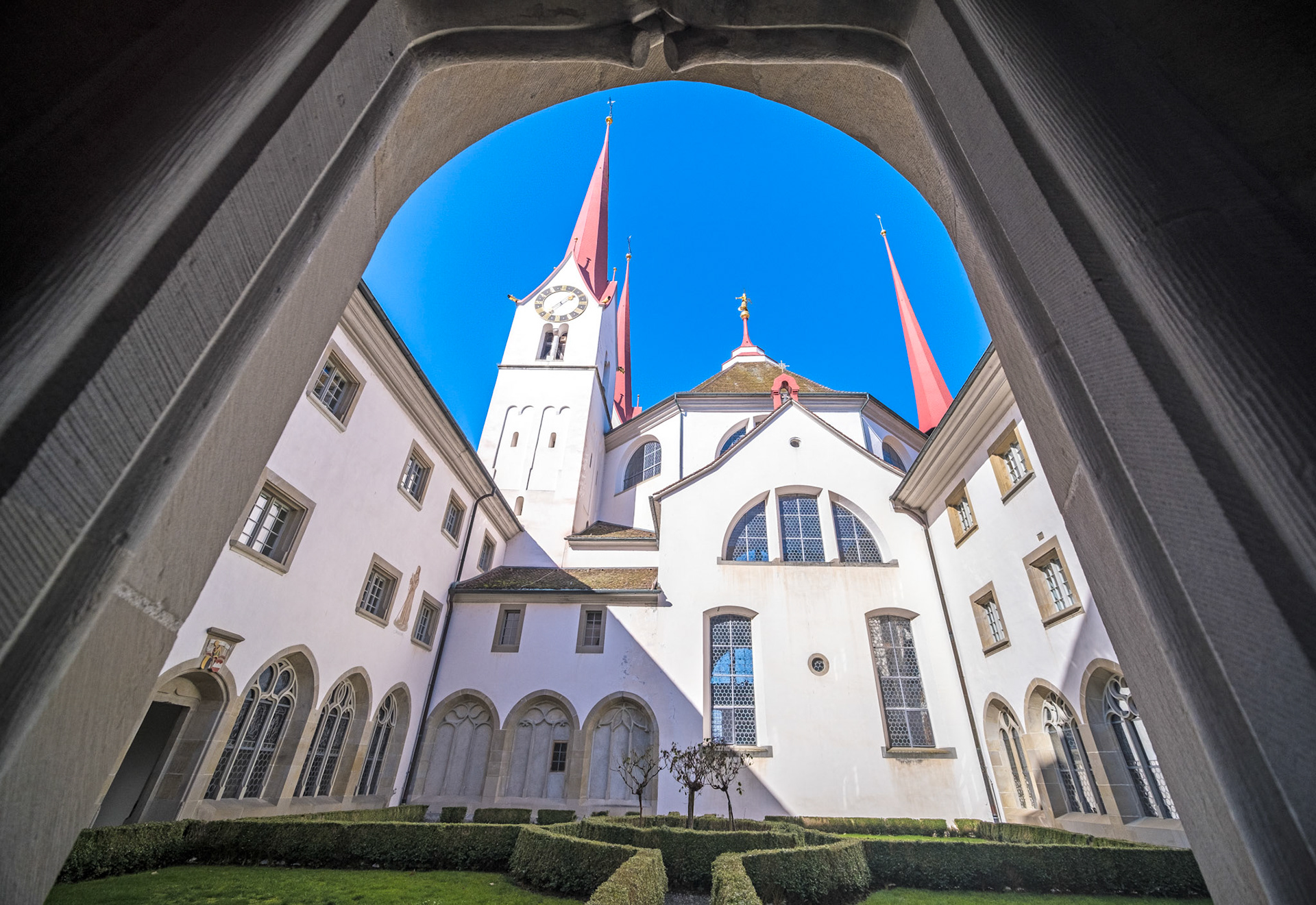
Museum Kloster Muri
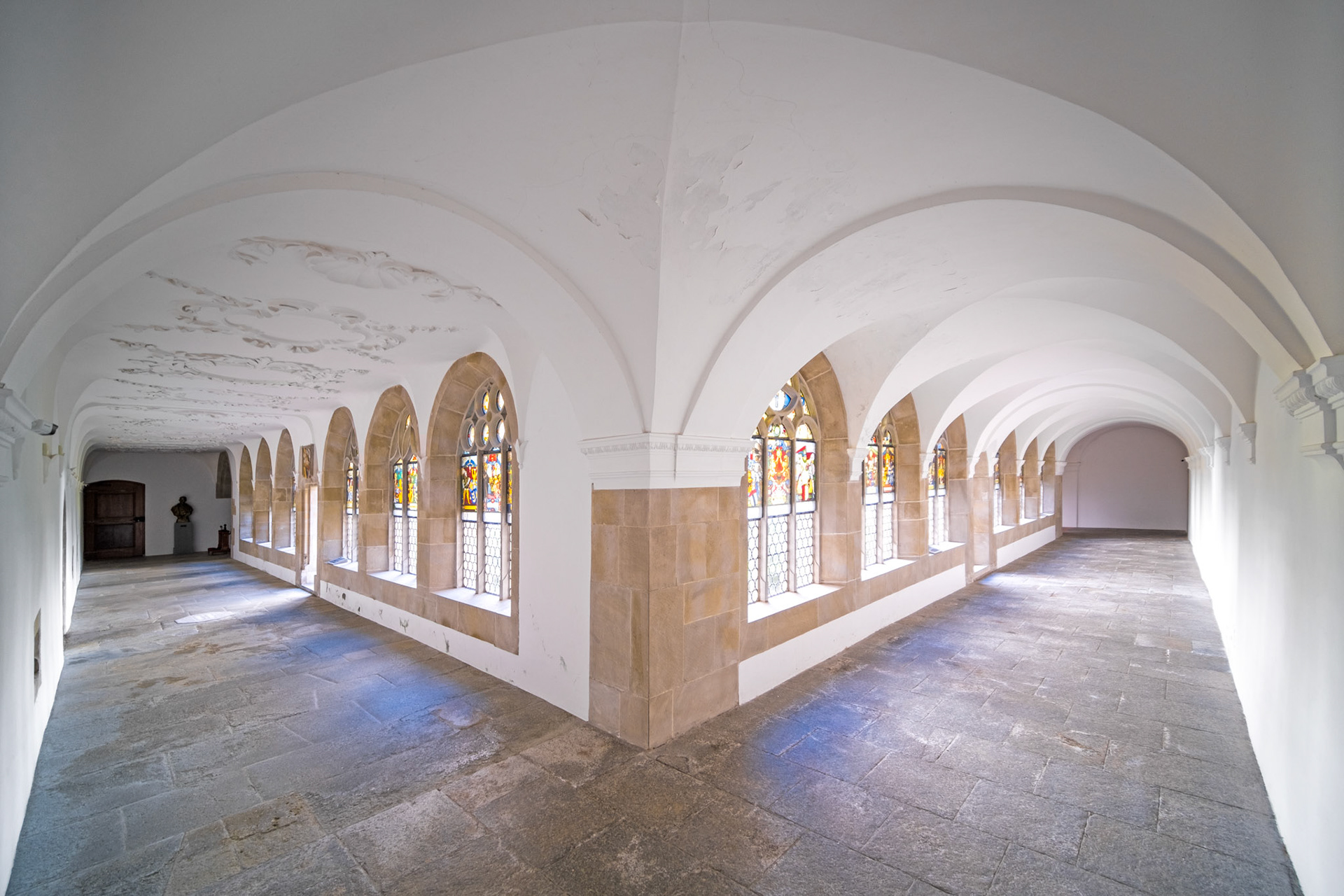
Museum Kloster Muri

Museum Kloster Muri
Haus der elektronischen Künste, Basel
The H3K is a museum for contemporary art in the field of electronic media, opened in 2011.
In October 2014, it moved into the current premises, located in the Dreispitzareal, which were renovated by the architects Rüdisühli Ibach.
In October 2014, it moved into the current premises, located in the Dreispitzareal, which were renovated by the architects Rüdisühli Ibach.
The H3K will re-open on March 3rd. The opening of its new exhibition "Shaping the Invisible World" will also be accessible via Zoom. Admission to the exhibitions is free until March 7.
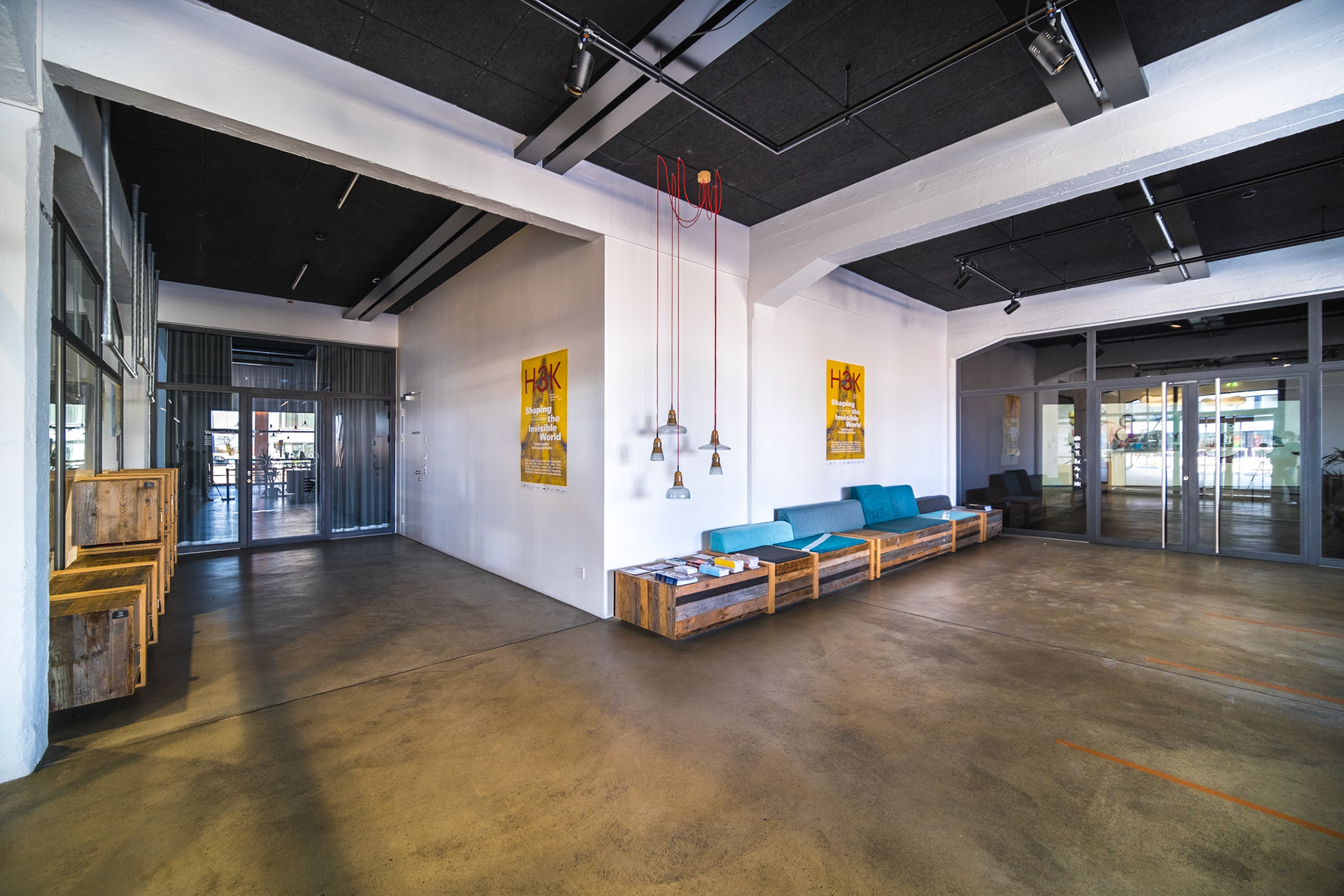
Haus der elektronischen Künste, Basel
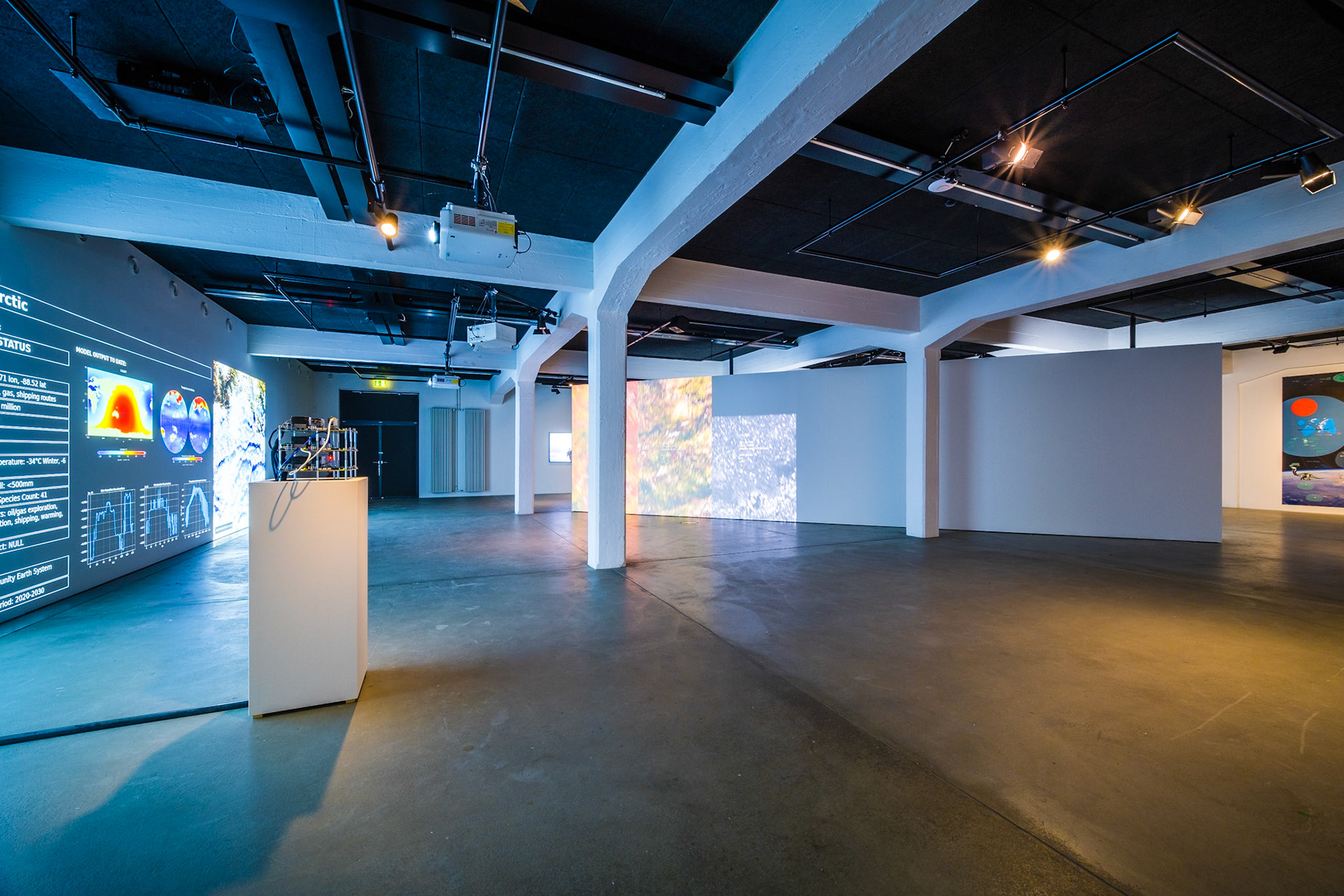
Haus der elektronischen Künste, Basel
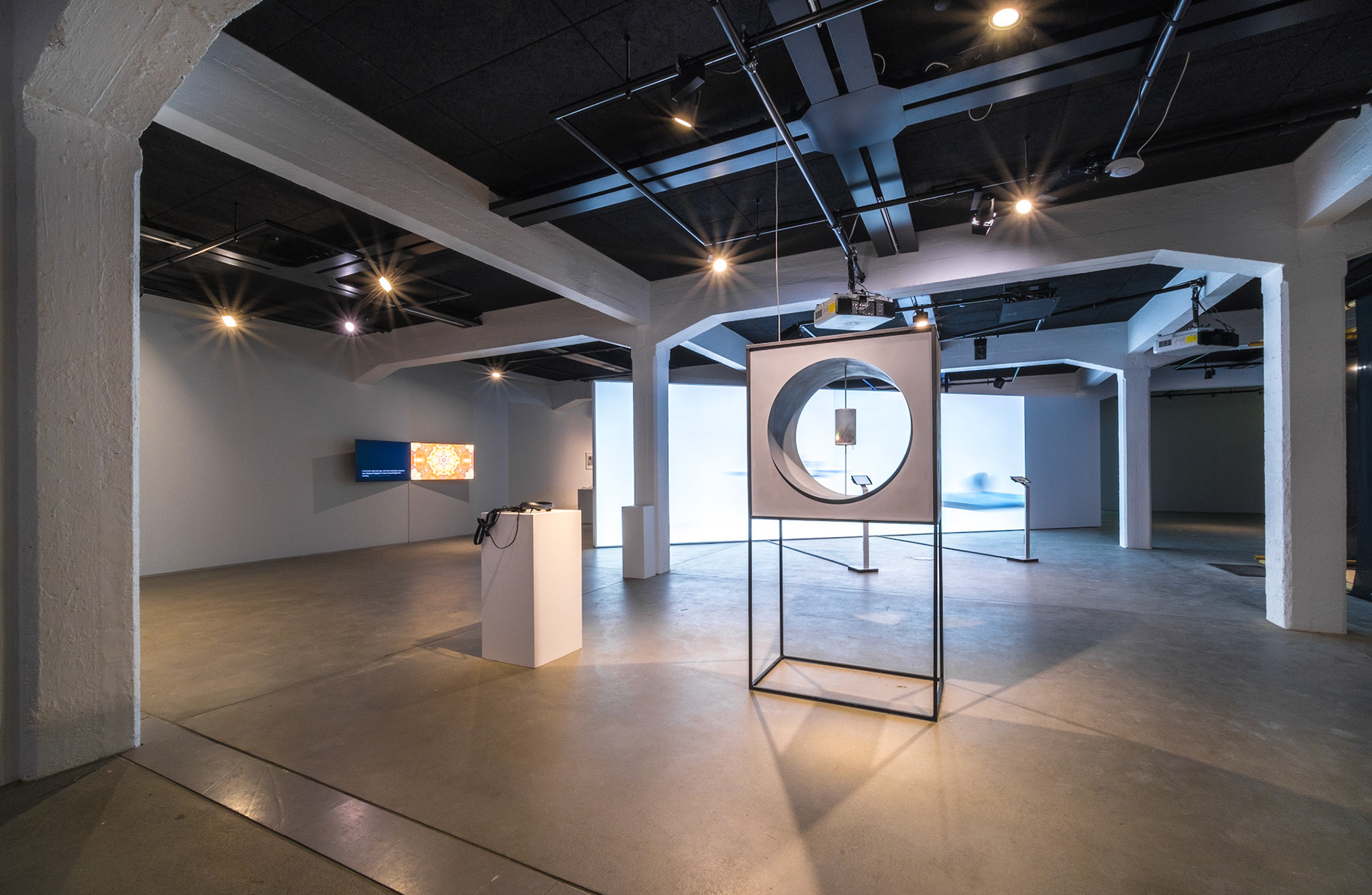
Haus der elektronischen Künste, Basel
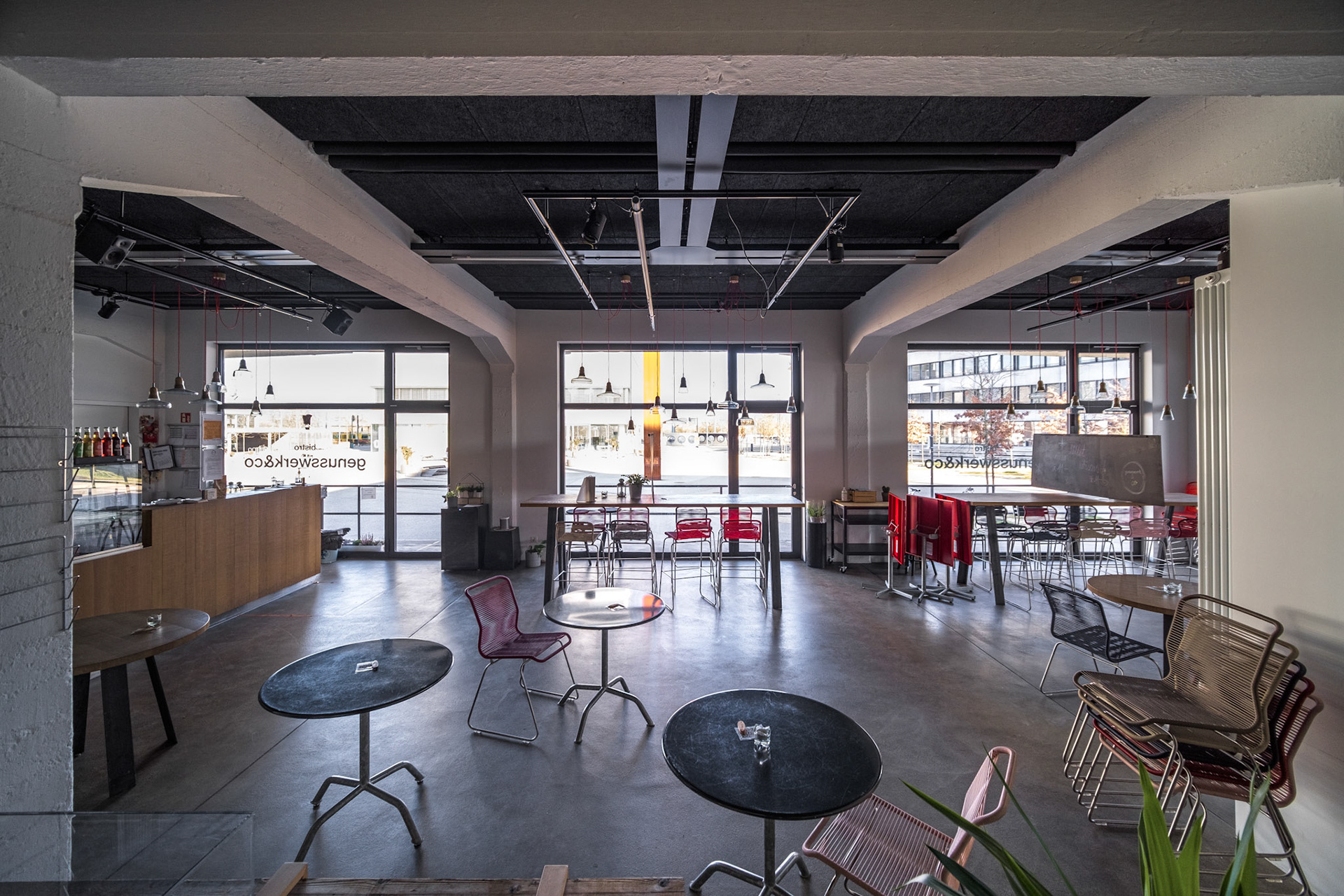
Haus der elektronischen Künste, Basel
Kunstmuseum Bern
The Kunstmuseum Bern was established in 1849 and moved into its current premises, designed by town master architect Eugen Stettler, in 1879. Its collection consists of over 3,000 paintings and sculptures as well as 48,000 drawings, prints, photographs, videos and films.
Admission to the exhibitions is free during the reopening day on March 2nd.
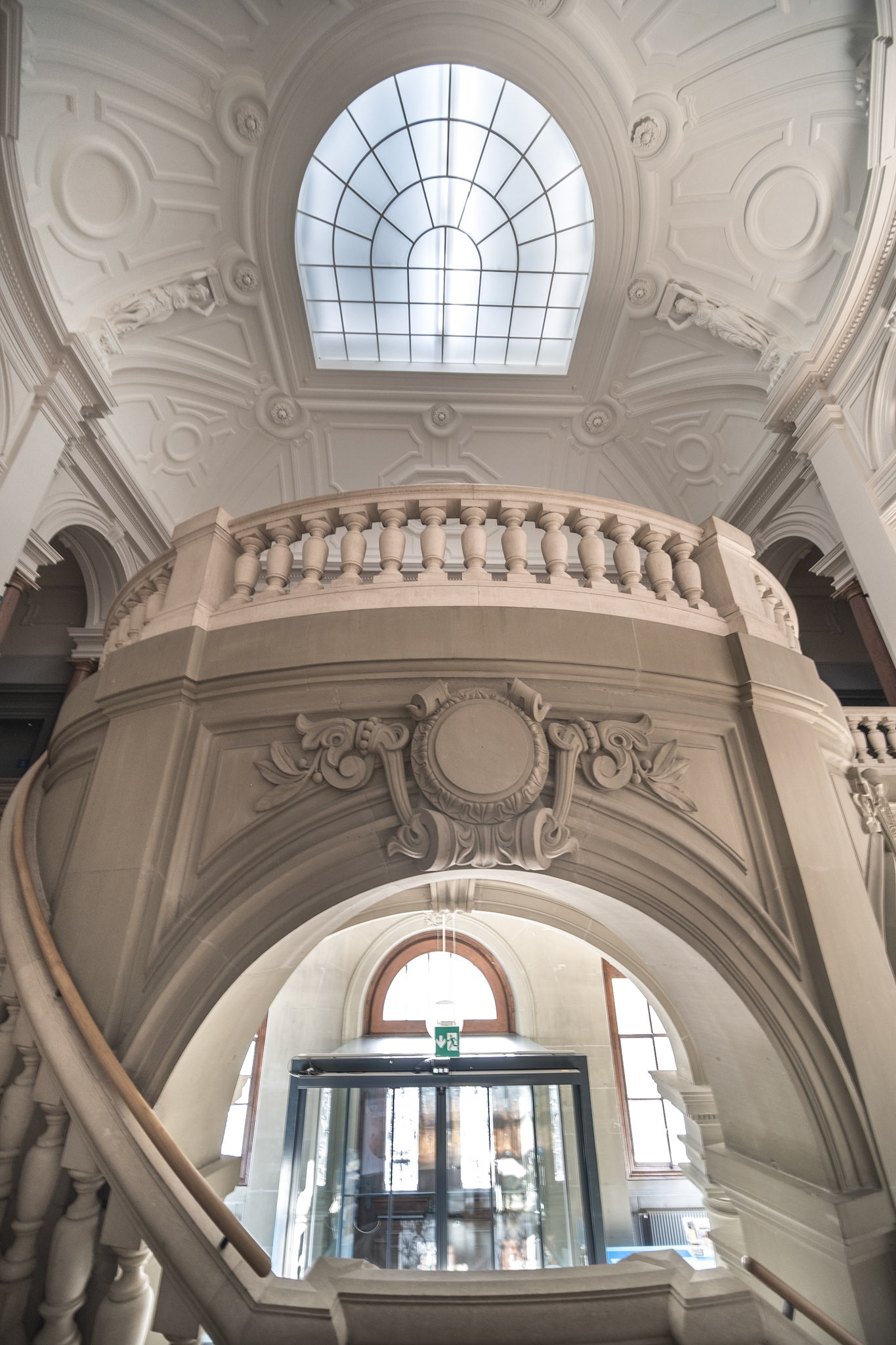
Kunstmuseum Bern

Kunstmuseum Bern
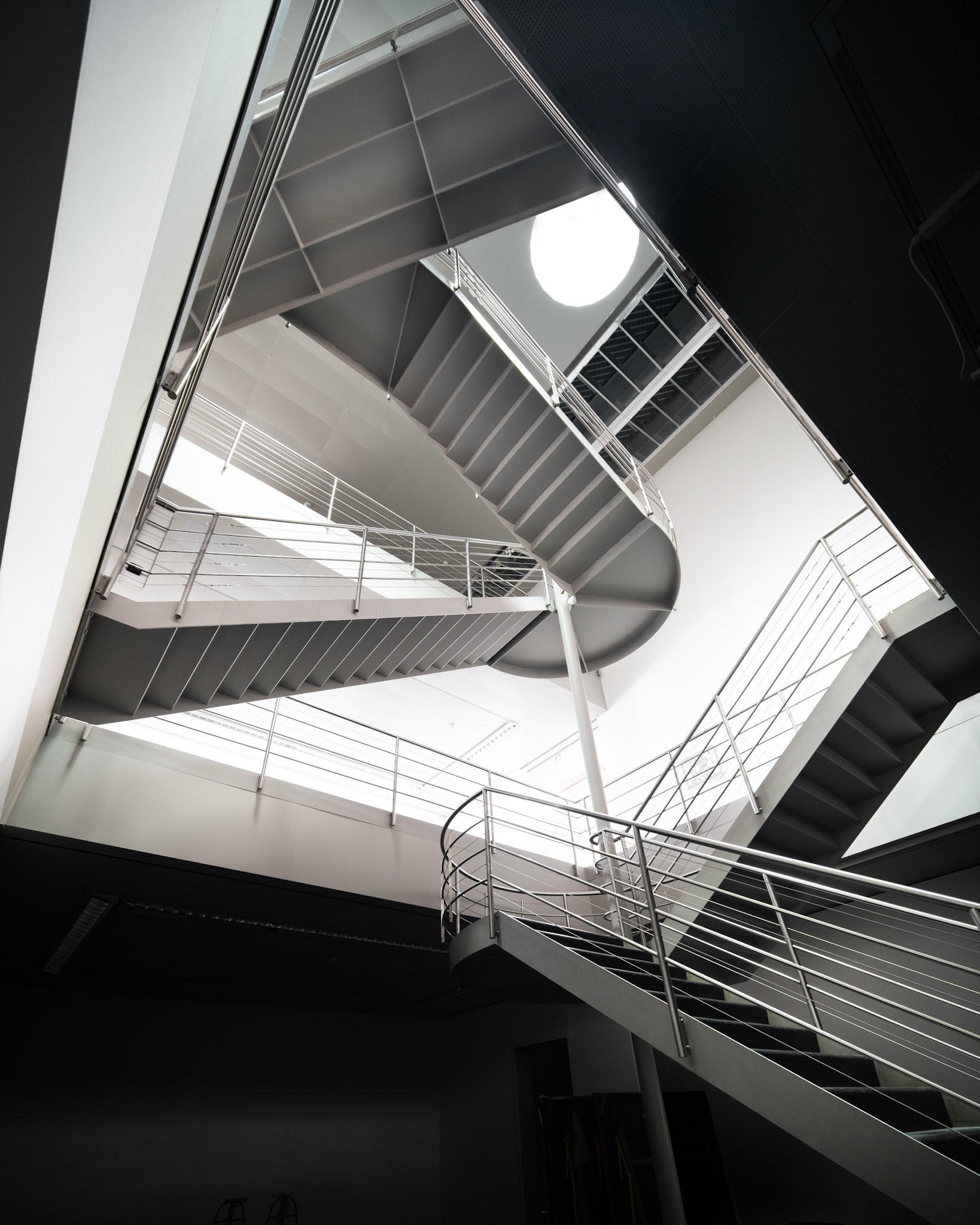
Kunstmuseum Bern

Kunstmuseum Bern
Stapferhaus, Lenzburg
The Stapferhaus was founded in 1960 as a place of encounter and intellectual debate. It is known for its exhibitions on socio-political issues. Since 2018, they are on display in a new building, designed by pool Architekten, right next to the Lenzburg train station. The building is designed to be constantly transformed: stairs and walls can be shifted, floors opened, the façade and forecourt can be altered.
The Stapferhaus will open again its exhibition "Gender" on Tuesday, March 2nd. As the number of places is limited, reserve a place for your visit online.
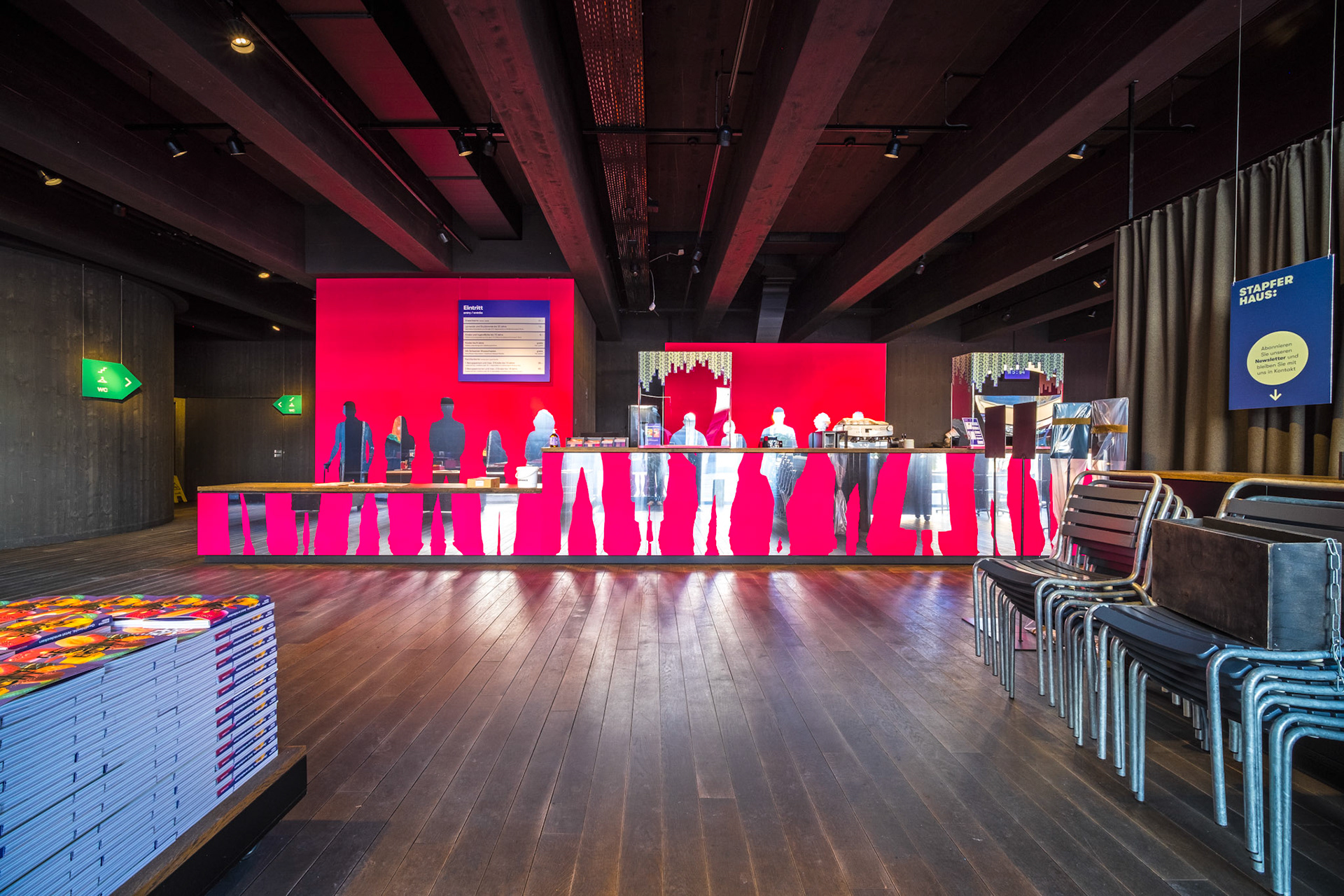
Stapferhaus, Lenzburg
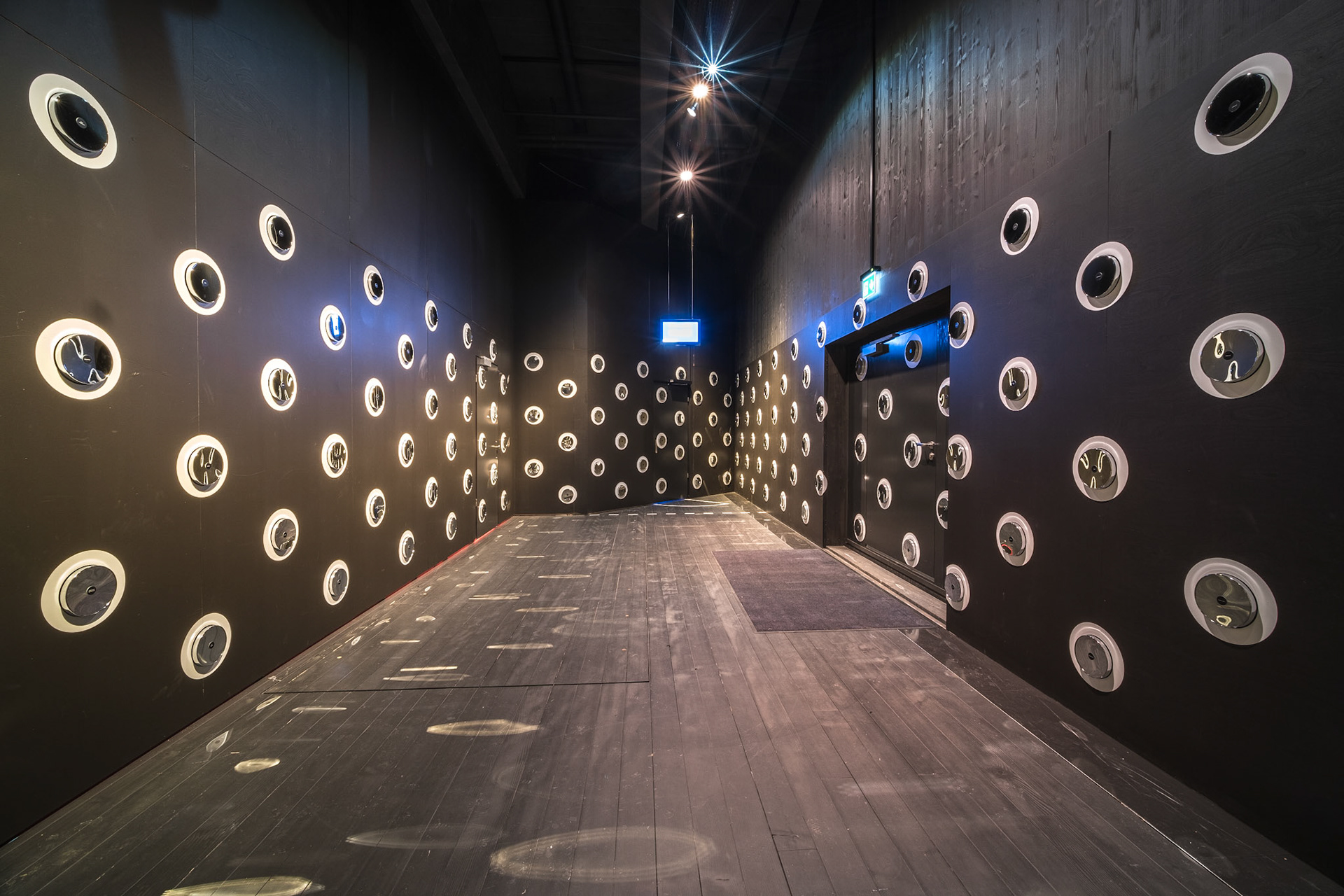
Stapferhaus, Lenzburg

Stapferhaus, Lenzburg

Stapferhaus, Lenzburg
Aquatis, Lausanne
Aquatis is the largest freshwater aquarium in Europe. The course of the visit is organized around 5 biozones and 12 natural environments and the scenography emphasizes the fragility of these ecosystems.
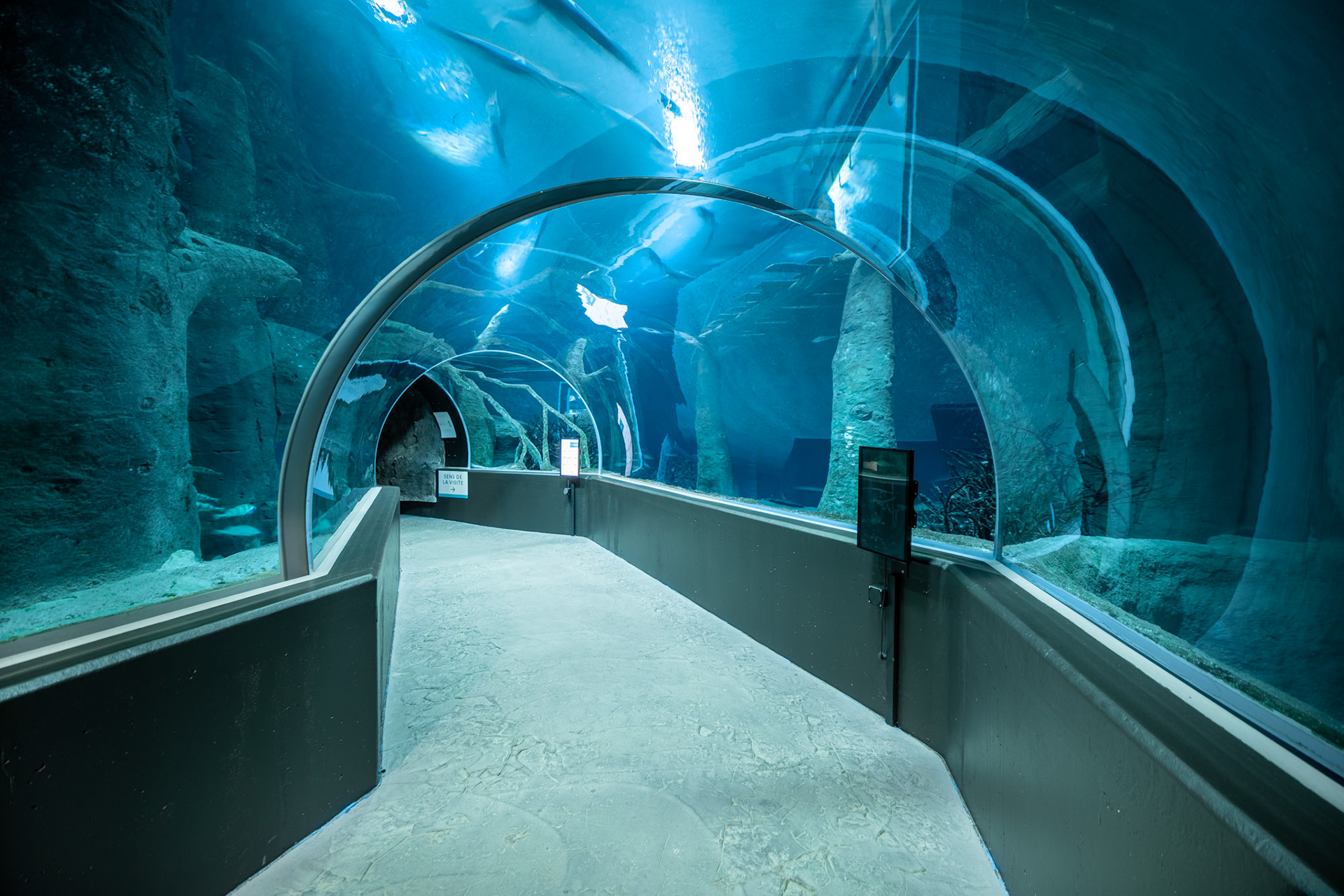
Aquatis, Lausanne

Aquatis, Lausanne

Aquatis, Lausanne
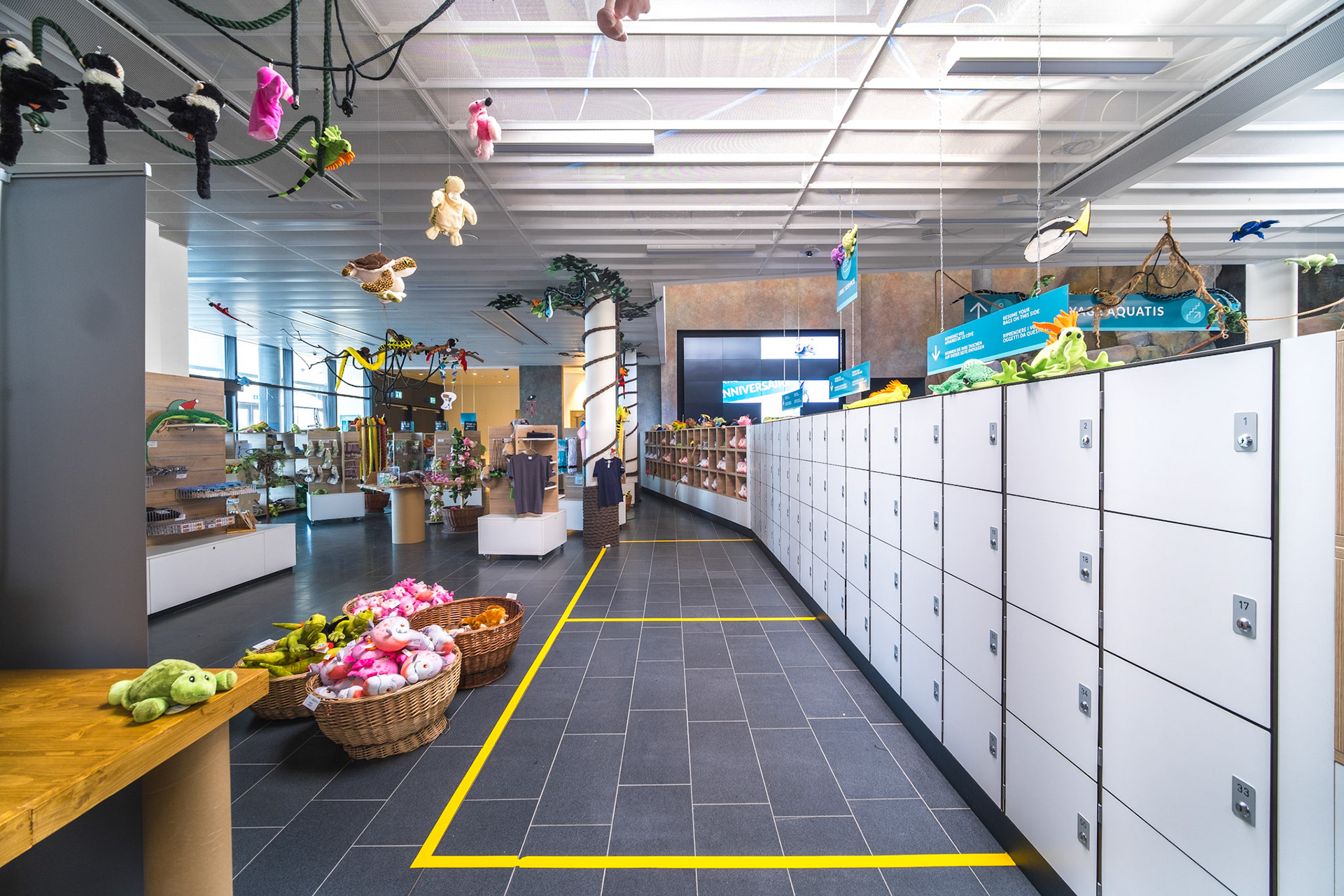
Aquatis, Lausanne
The Olympic Museum, Lausanne
The Olympic Museum was founded under the leadership of Juan Antonio Samaranch and inaugurated on June 23, 1993. It received the European Museum of the Year award in 1995 and is the second most visited museum in Switzerland. The building, designed by Pedro Ramírez Vázquez, Jean-Pierre Cahen and Miguel Espinet in the style of classical modernism, have been completely renovated by Swiss architects Brauen Wälchli Architects and Tekhne SA in 2013.
The museum will re-open on March 2nd and its new temporary exhibition "Tokyo 2020 Sport X Manga" will open on March 18.
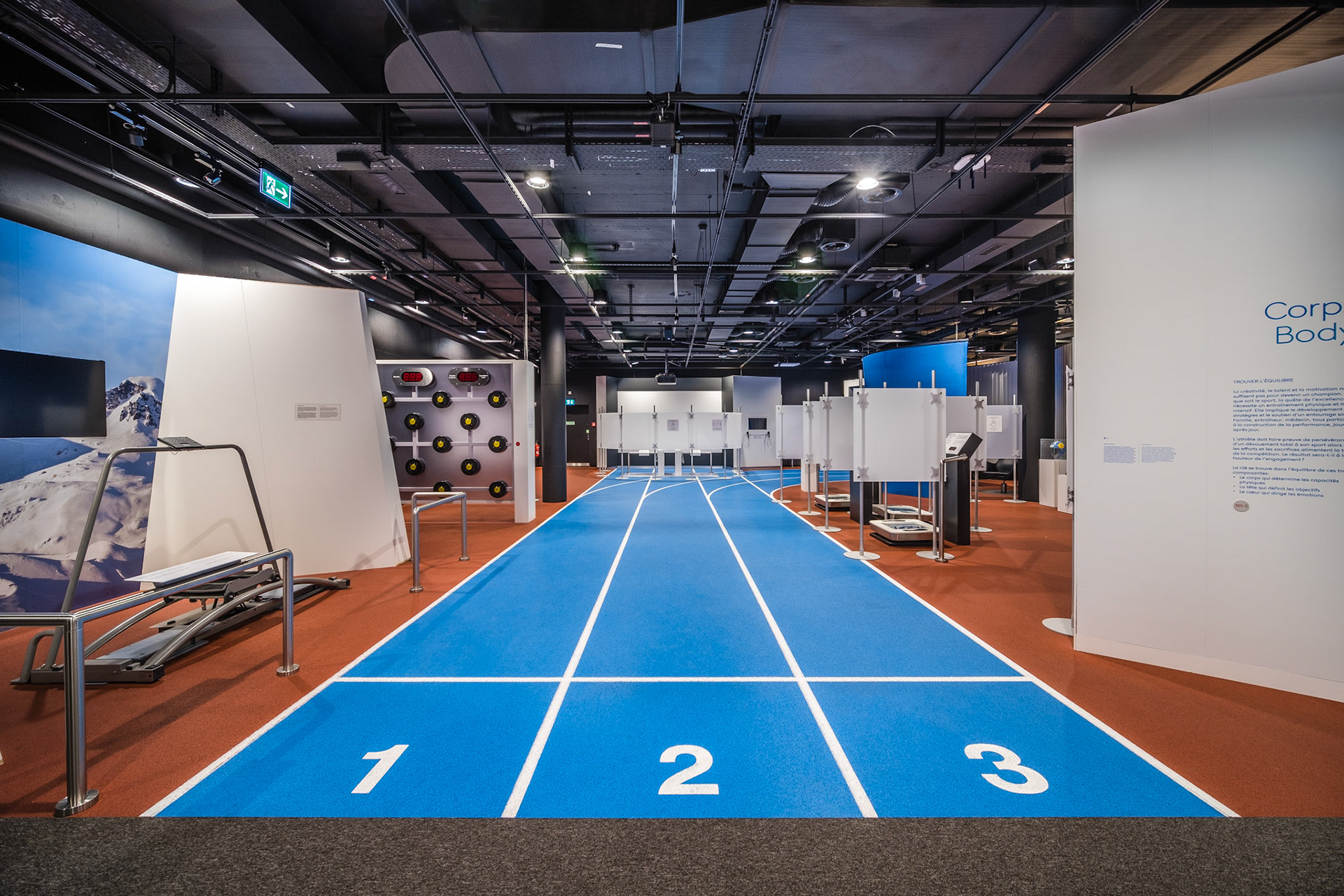
The Olympic Museum, Lausanne
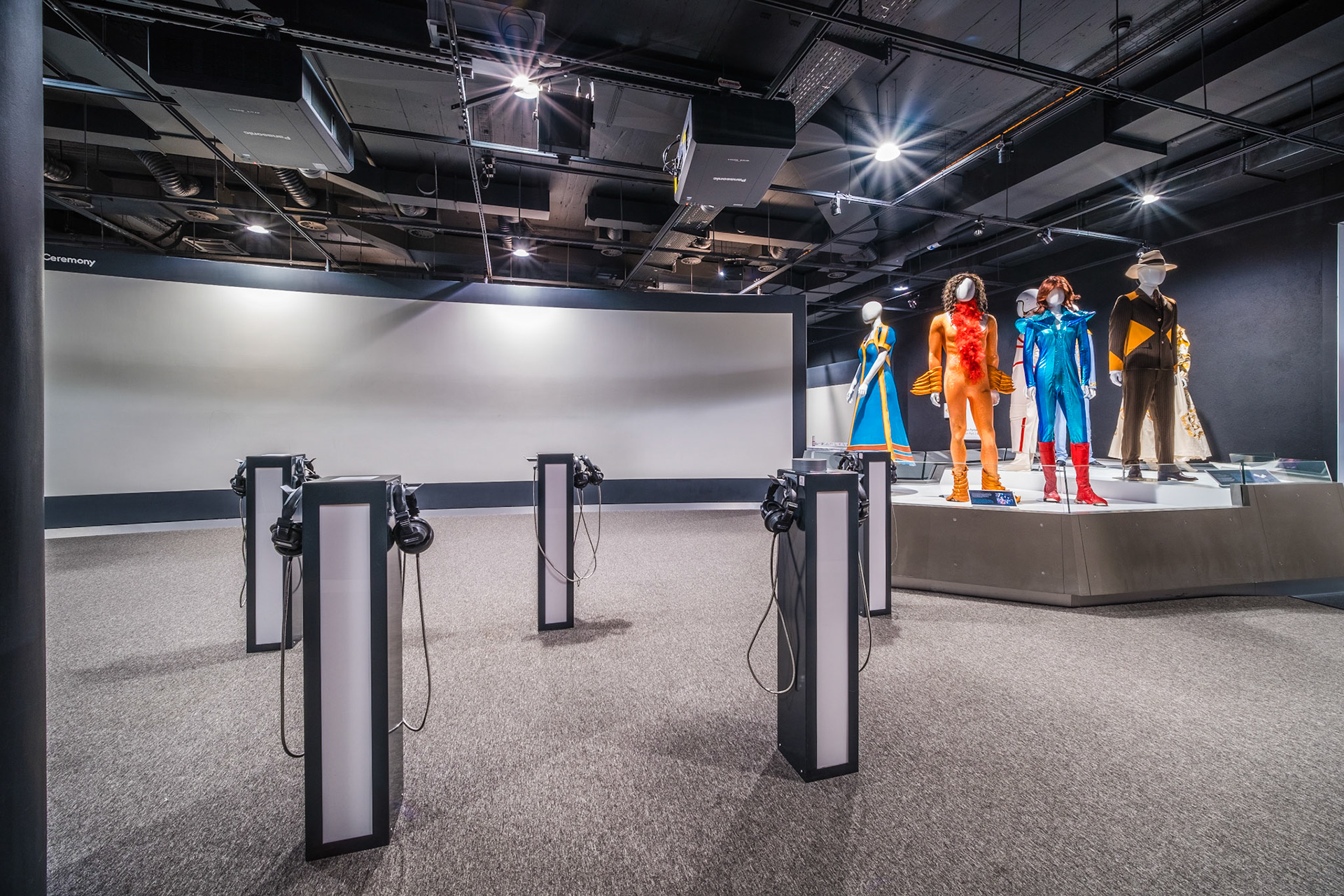
The Olympic Museum, Lausanne

The Olympic Museum, Lausanne
